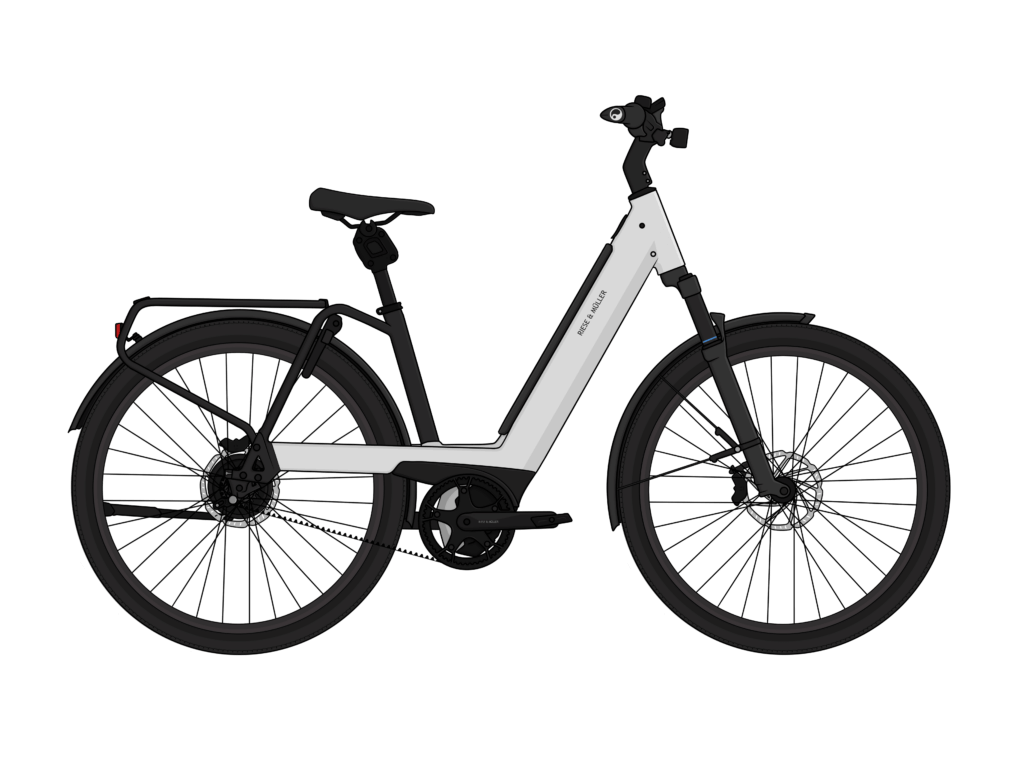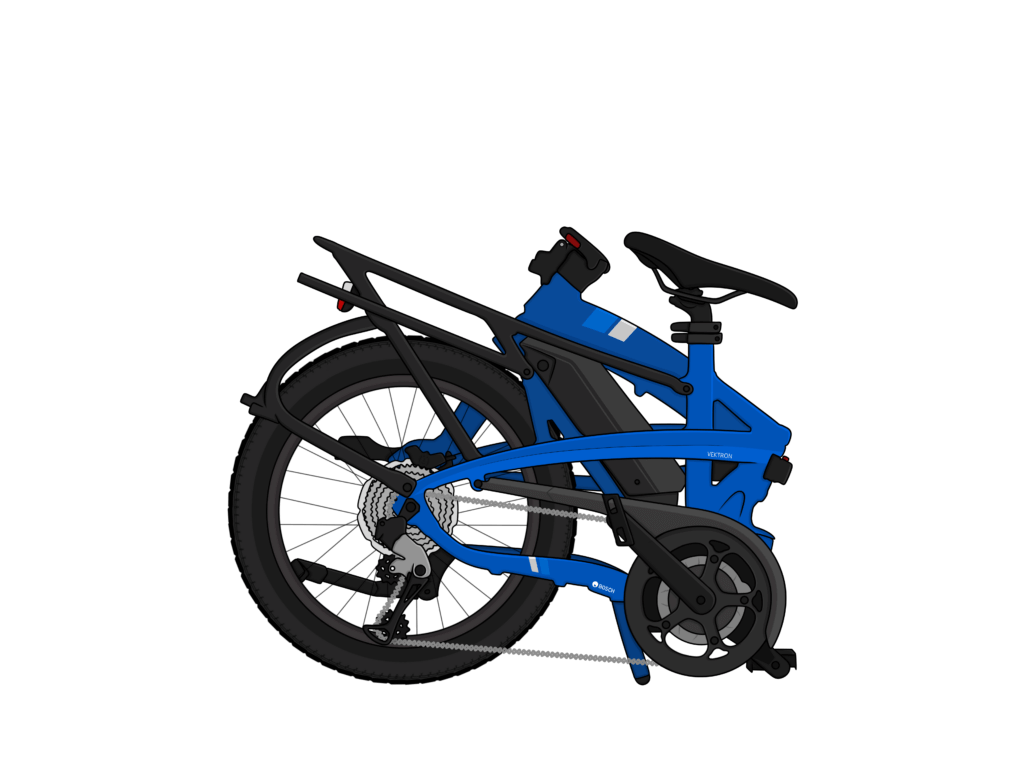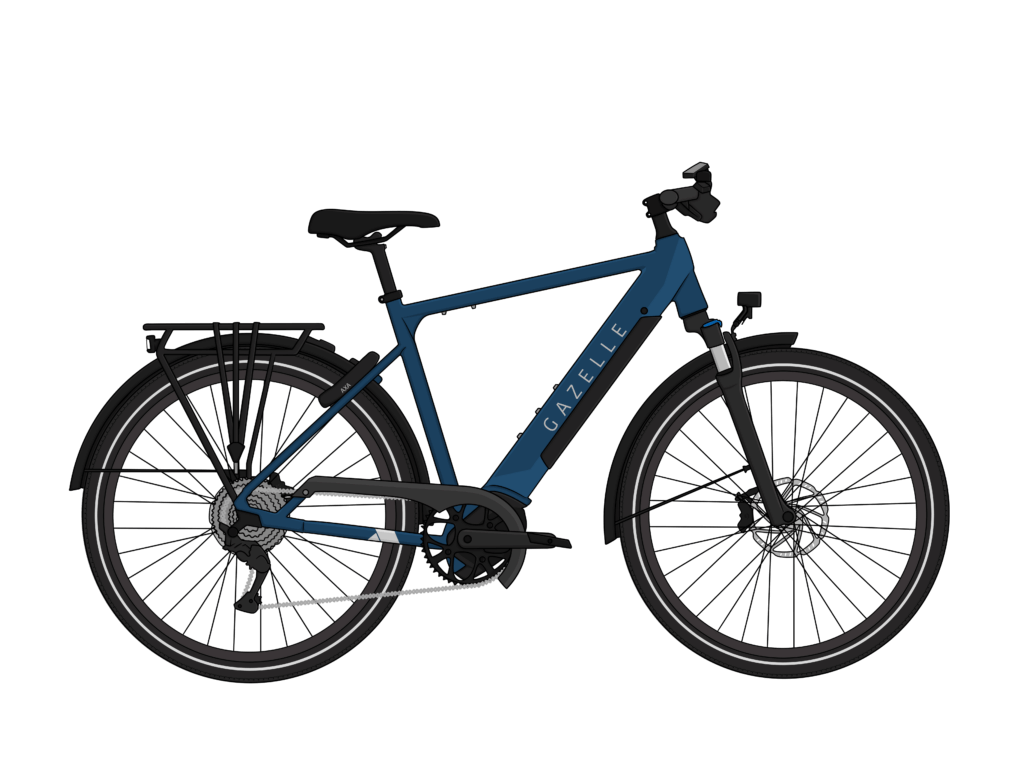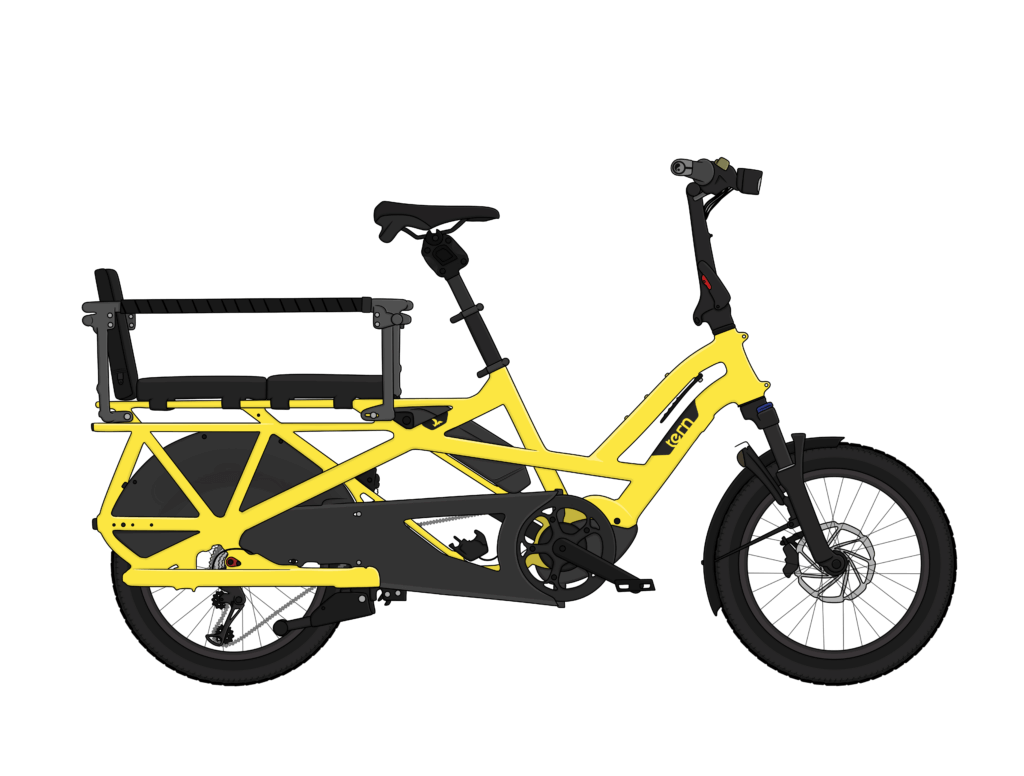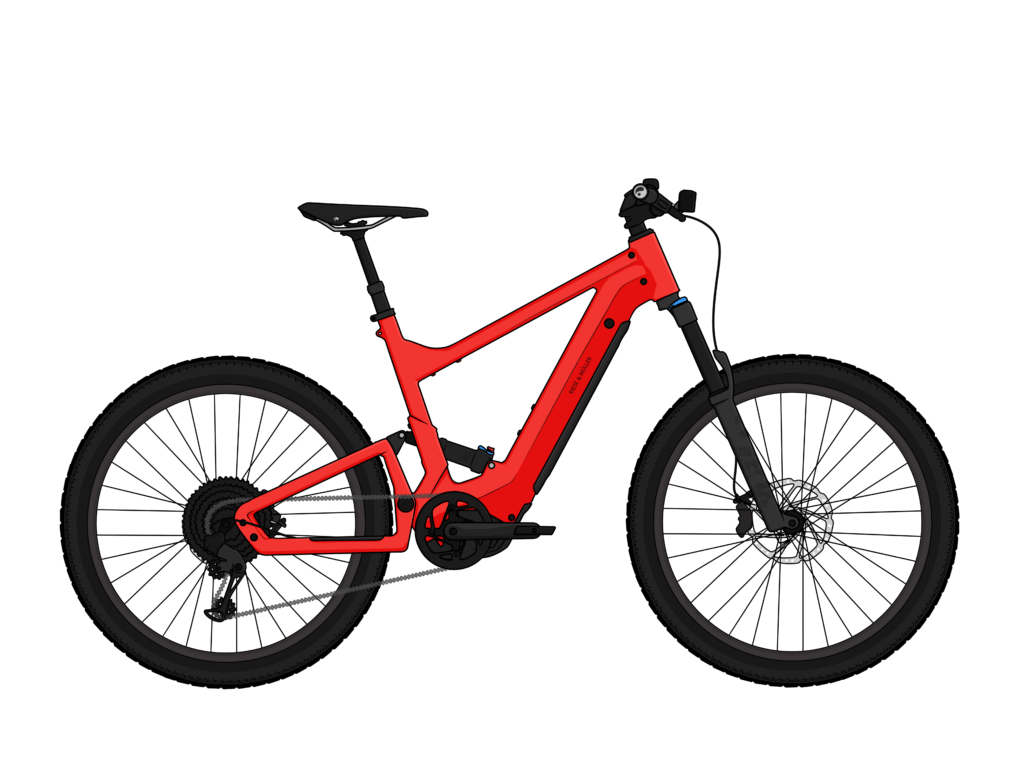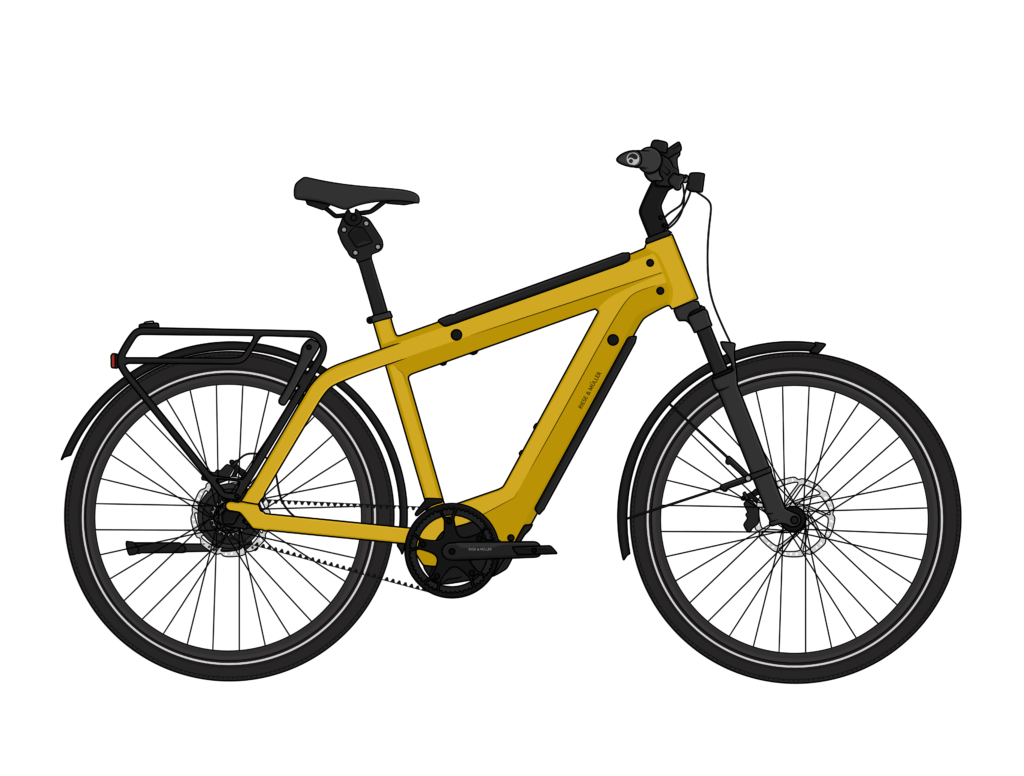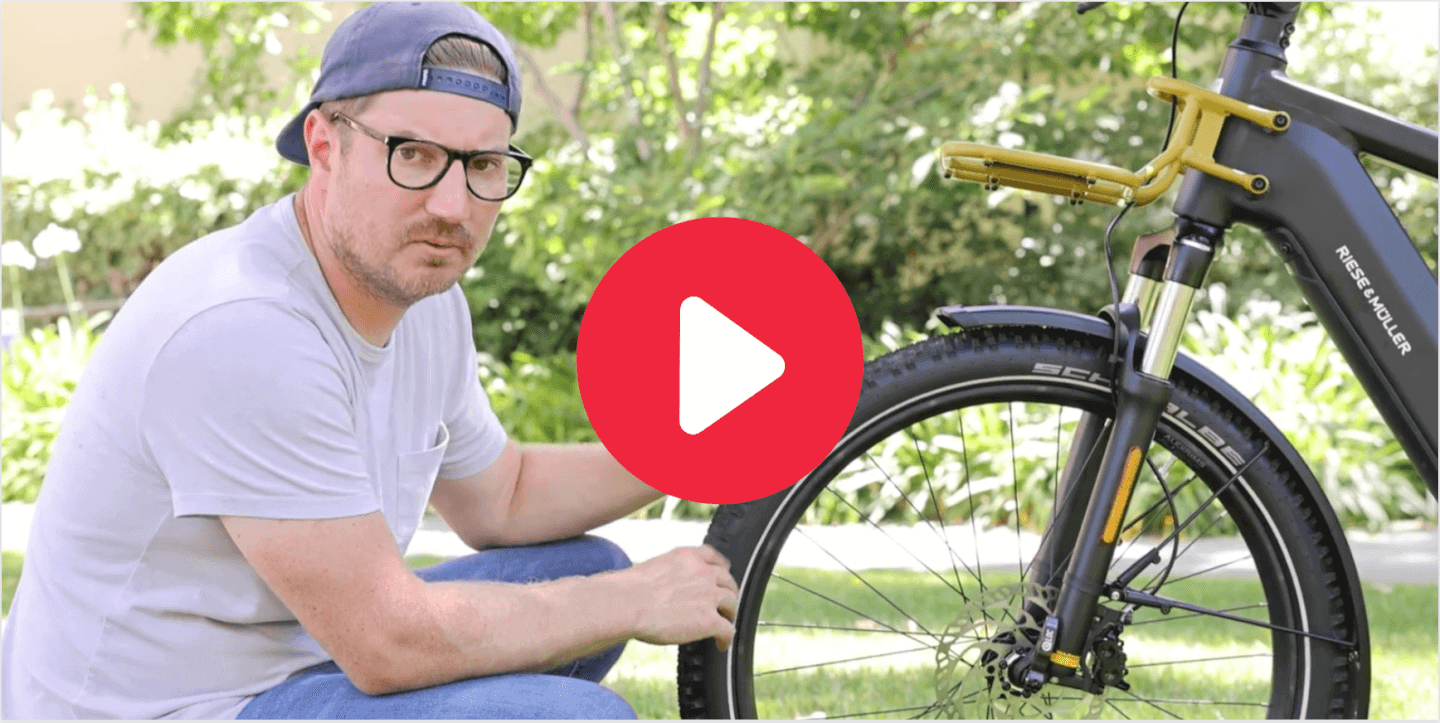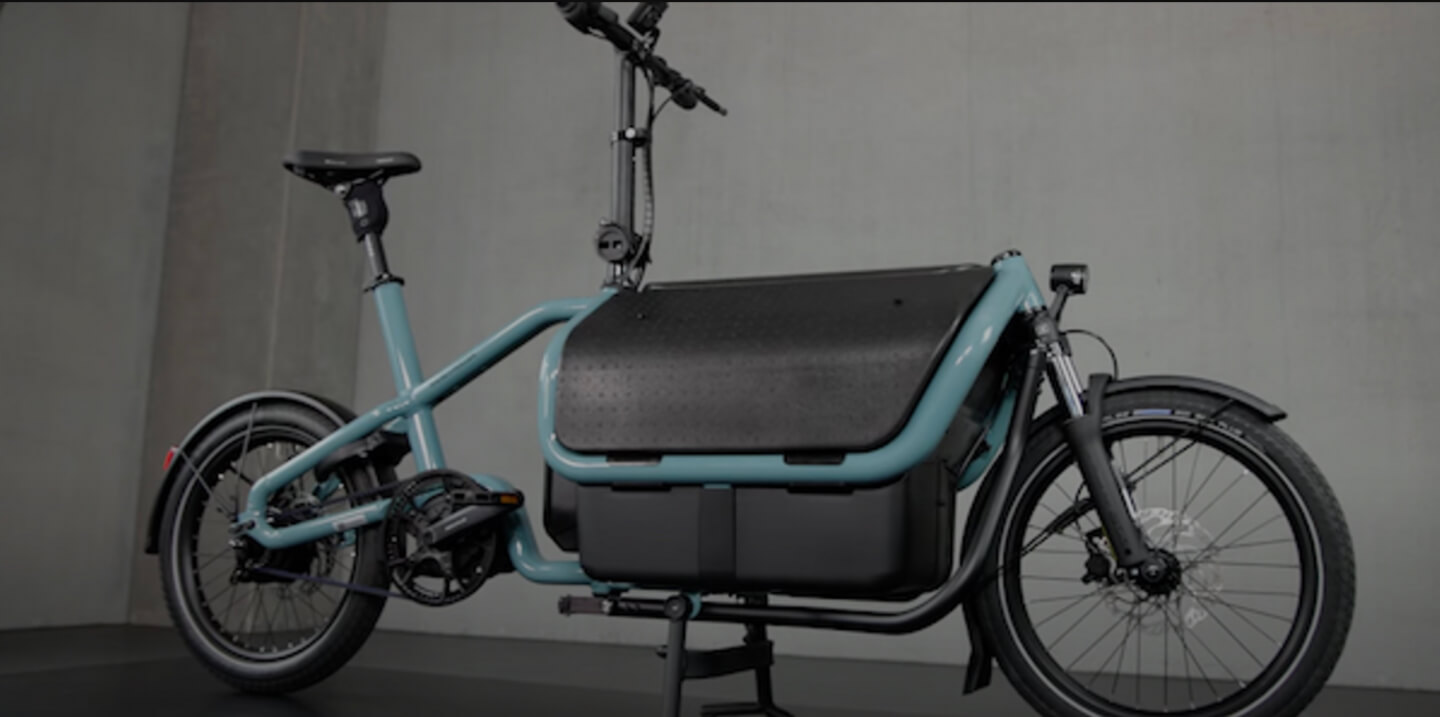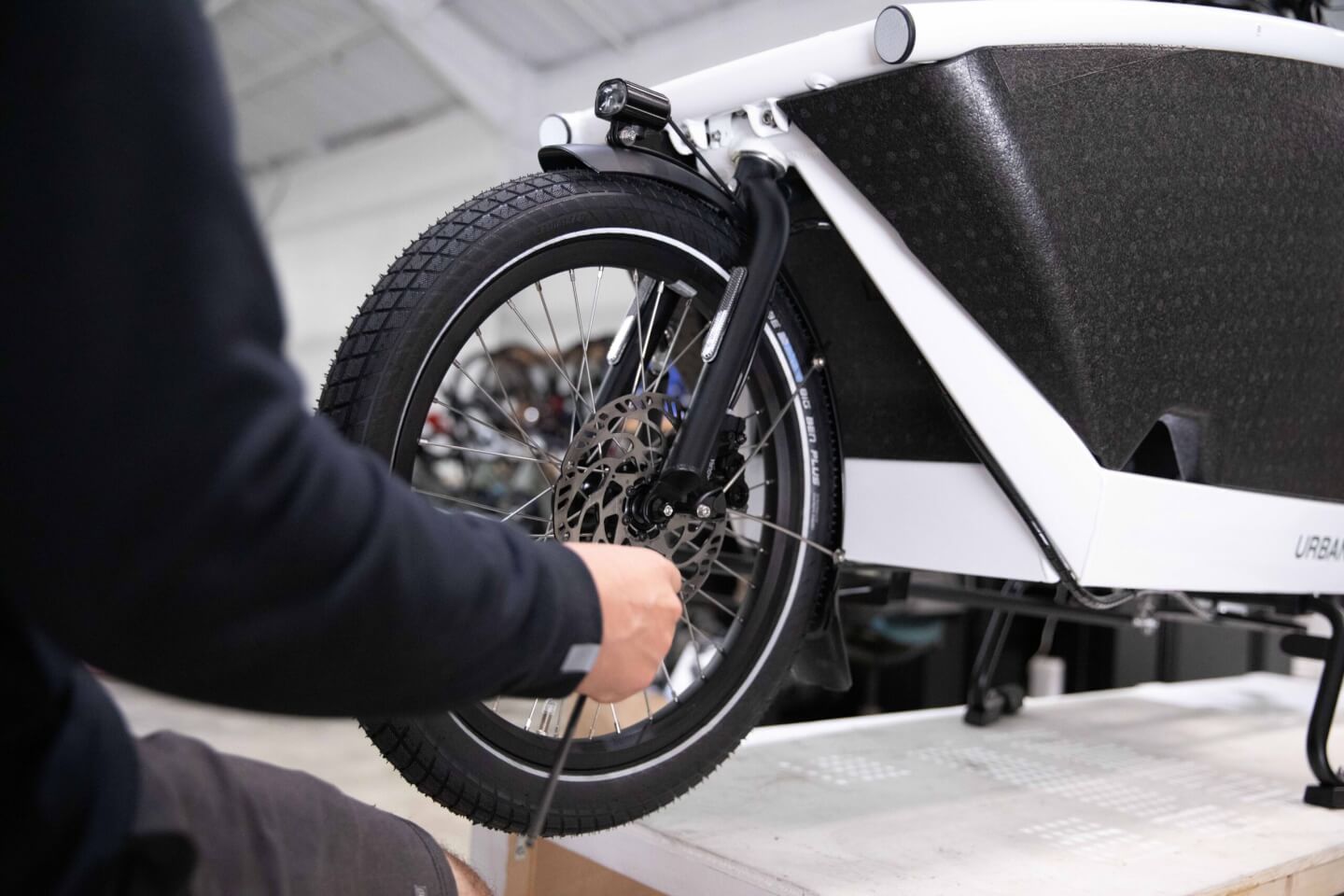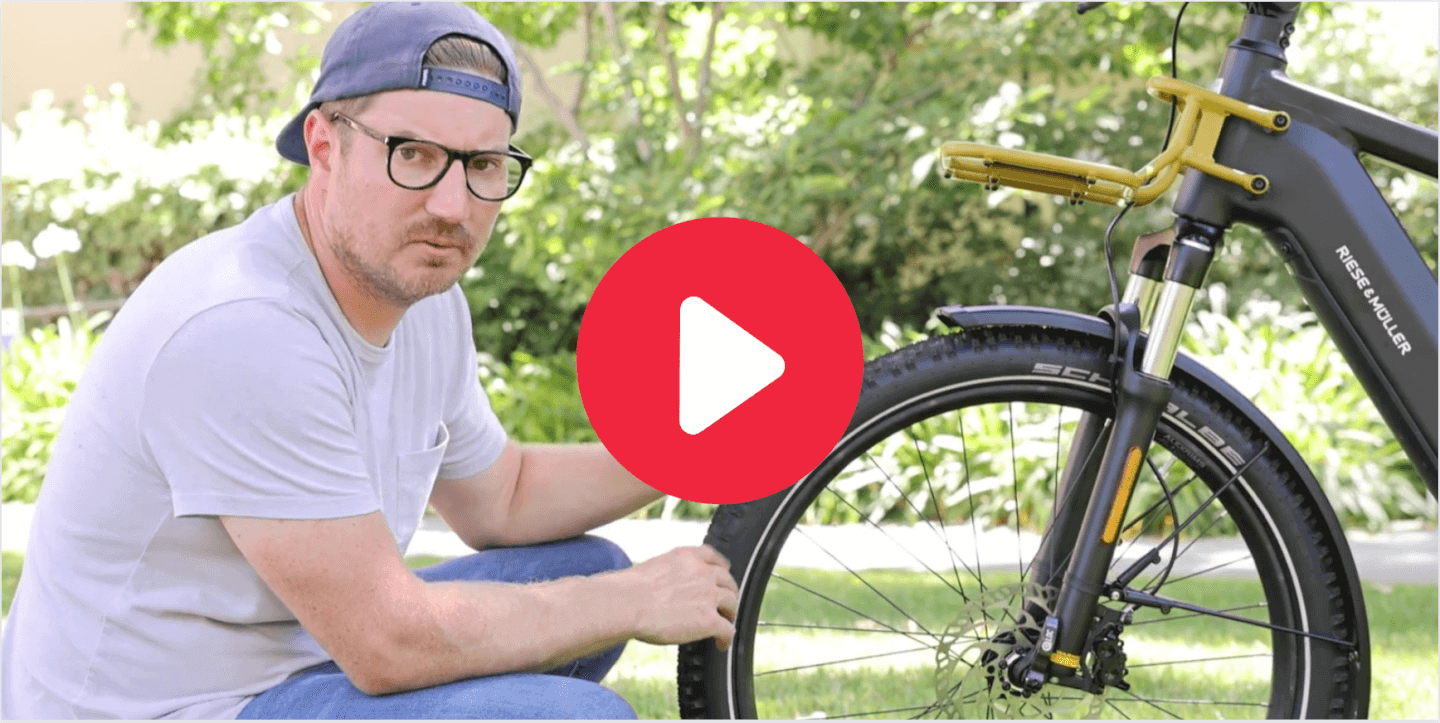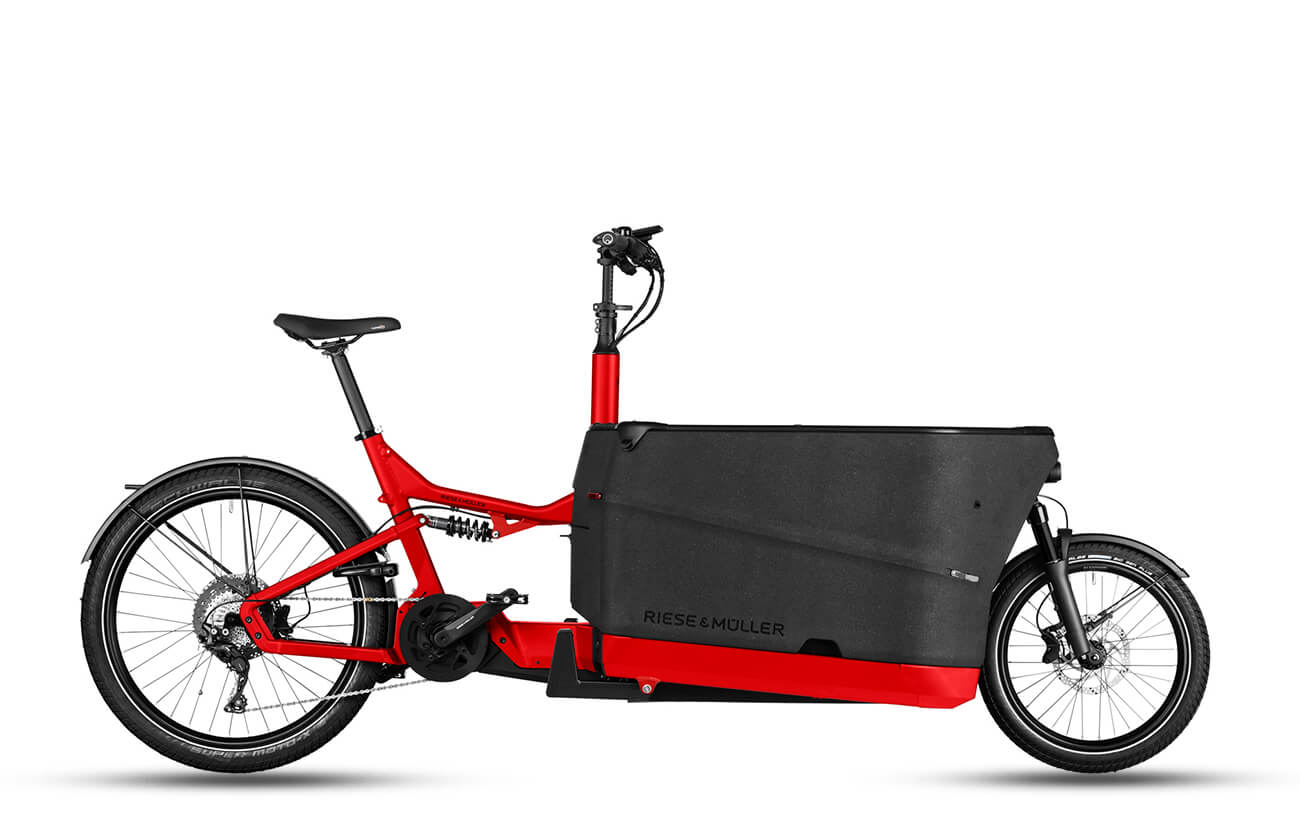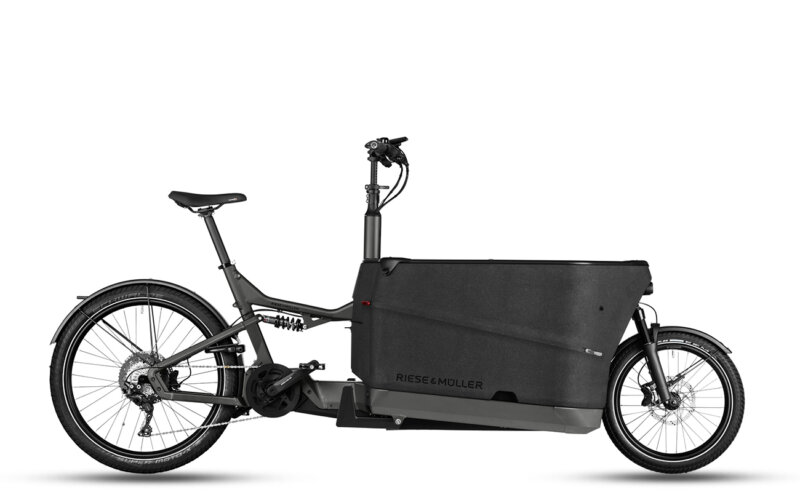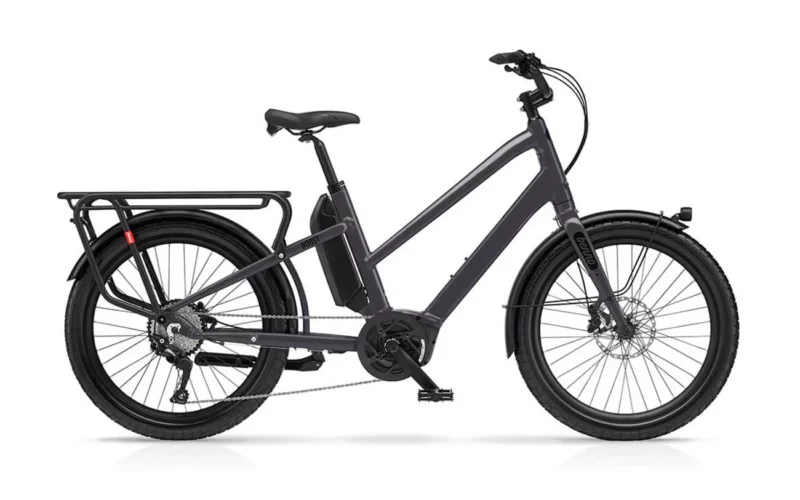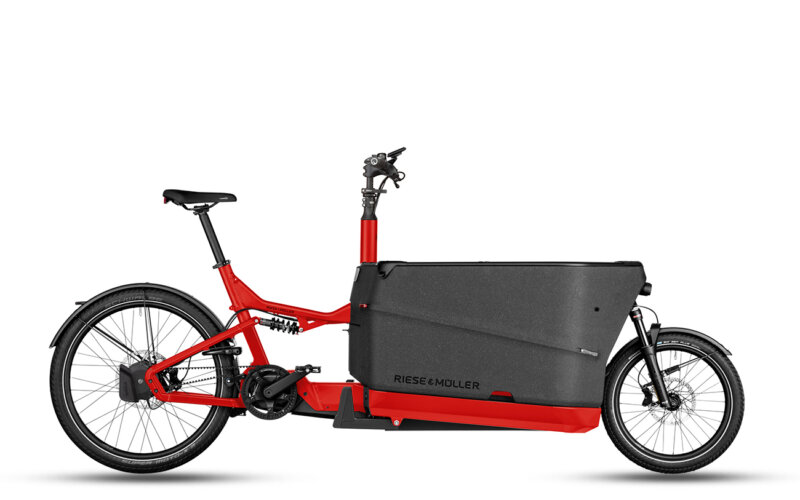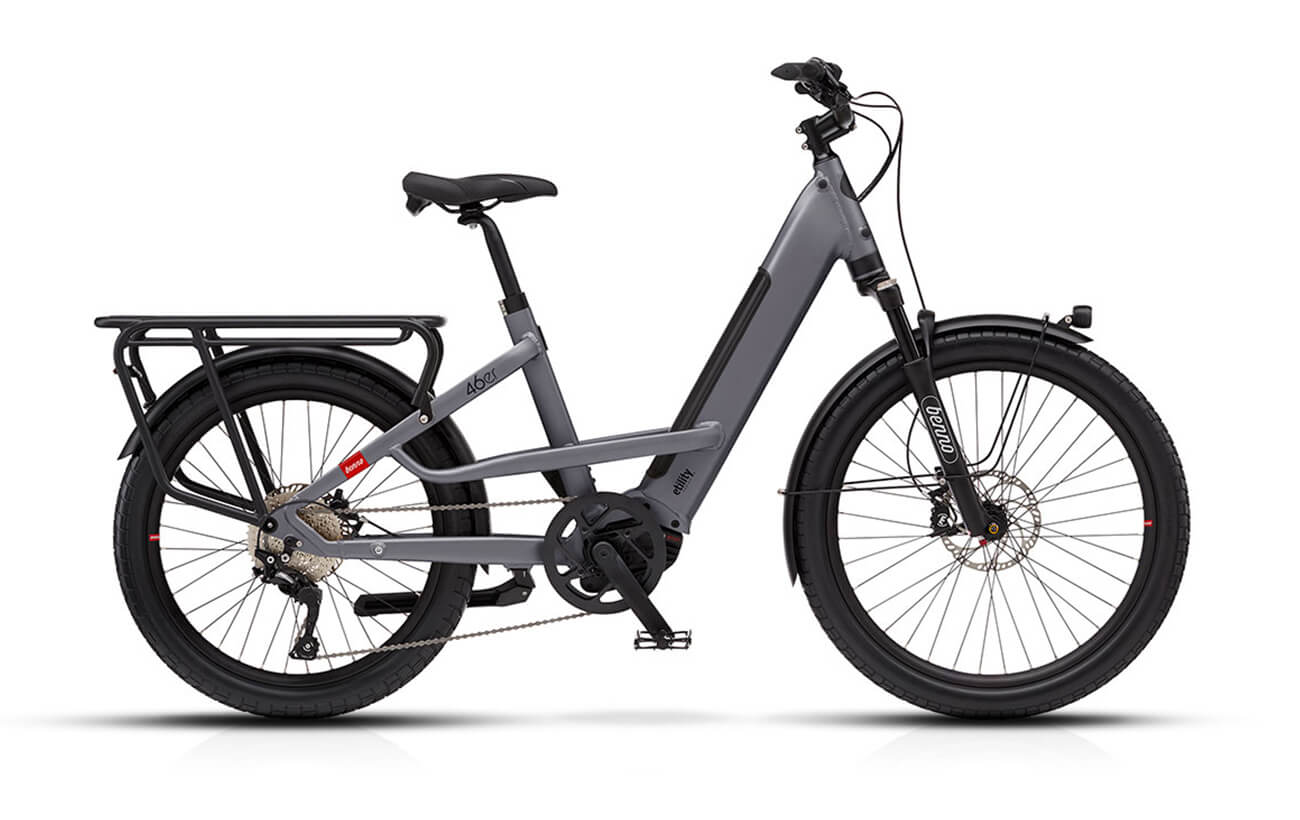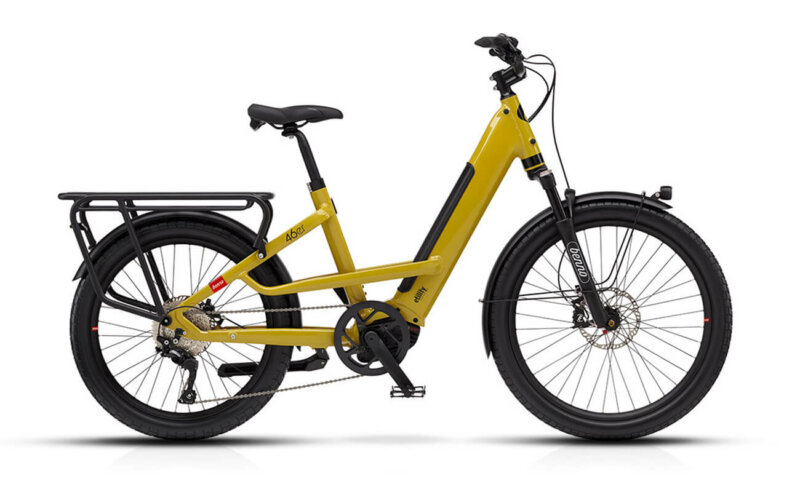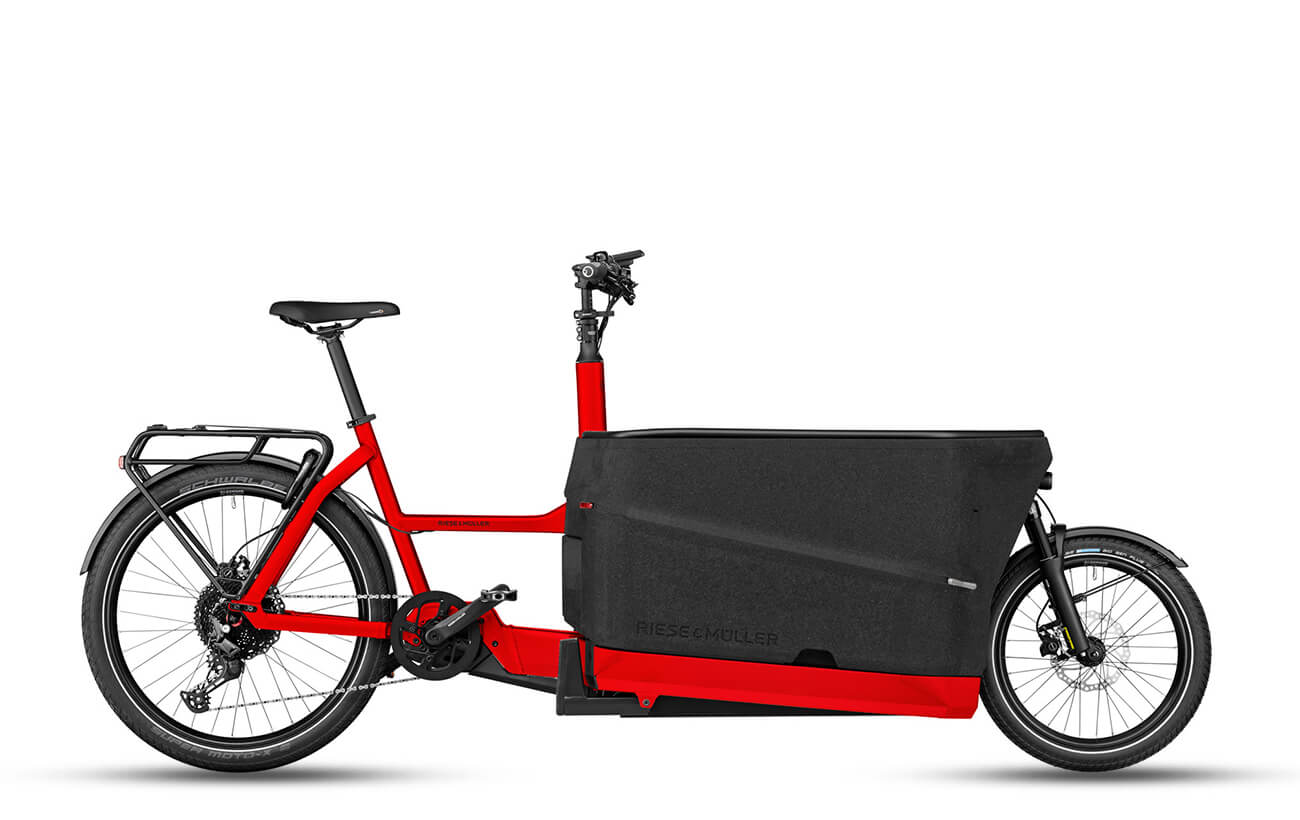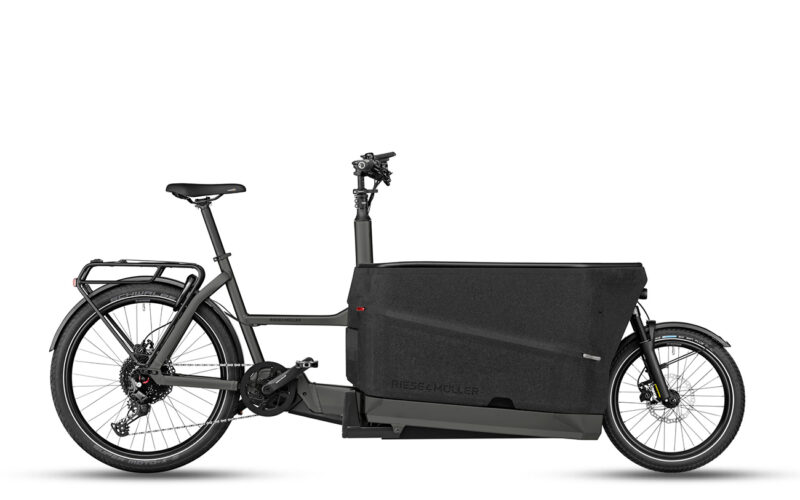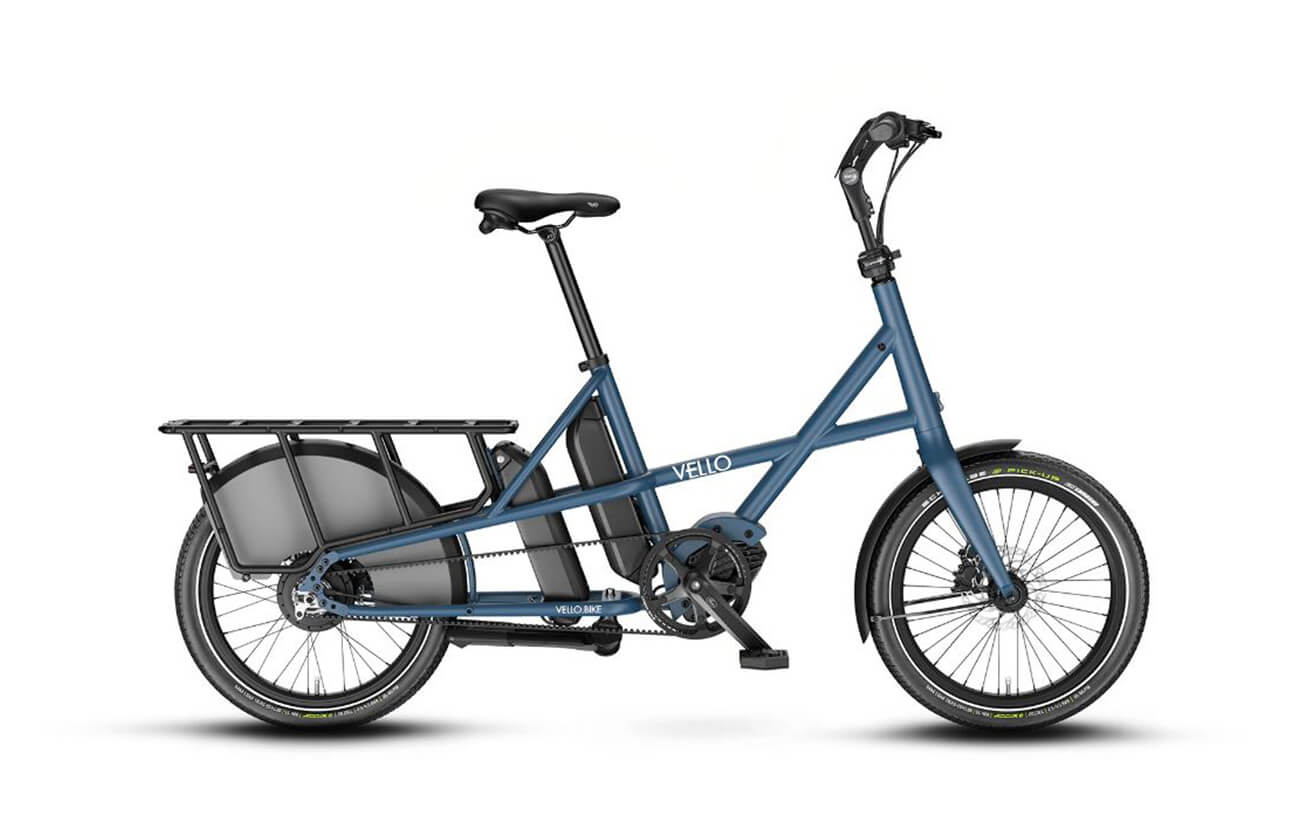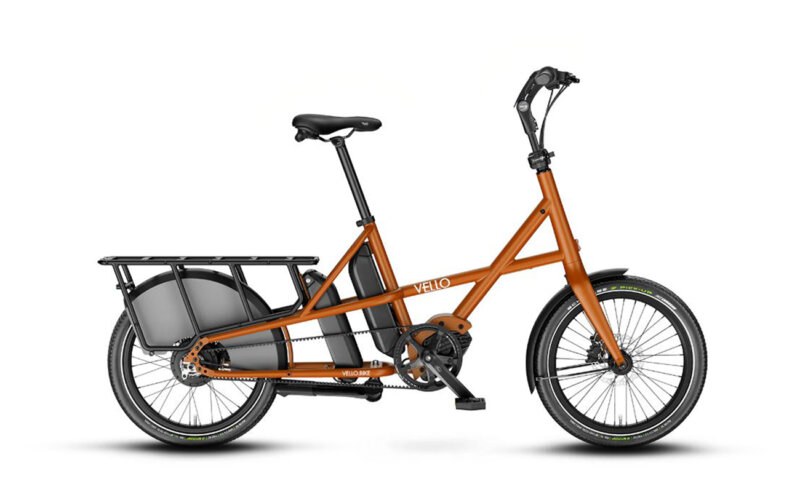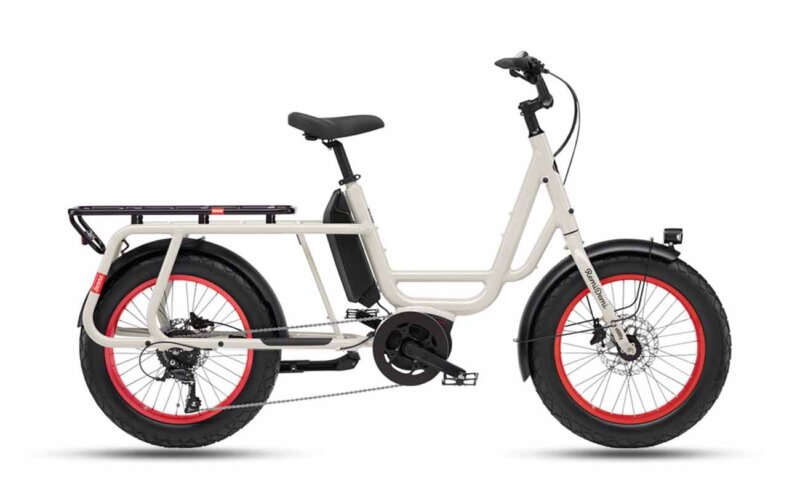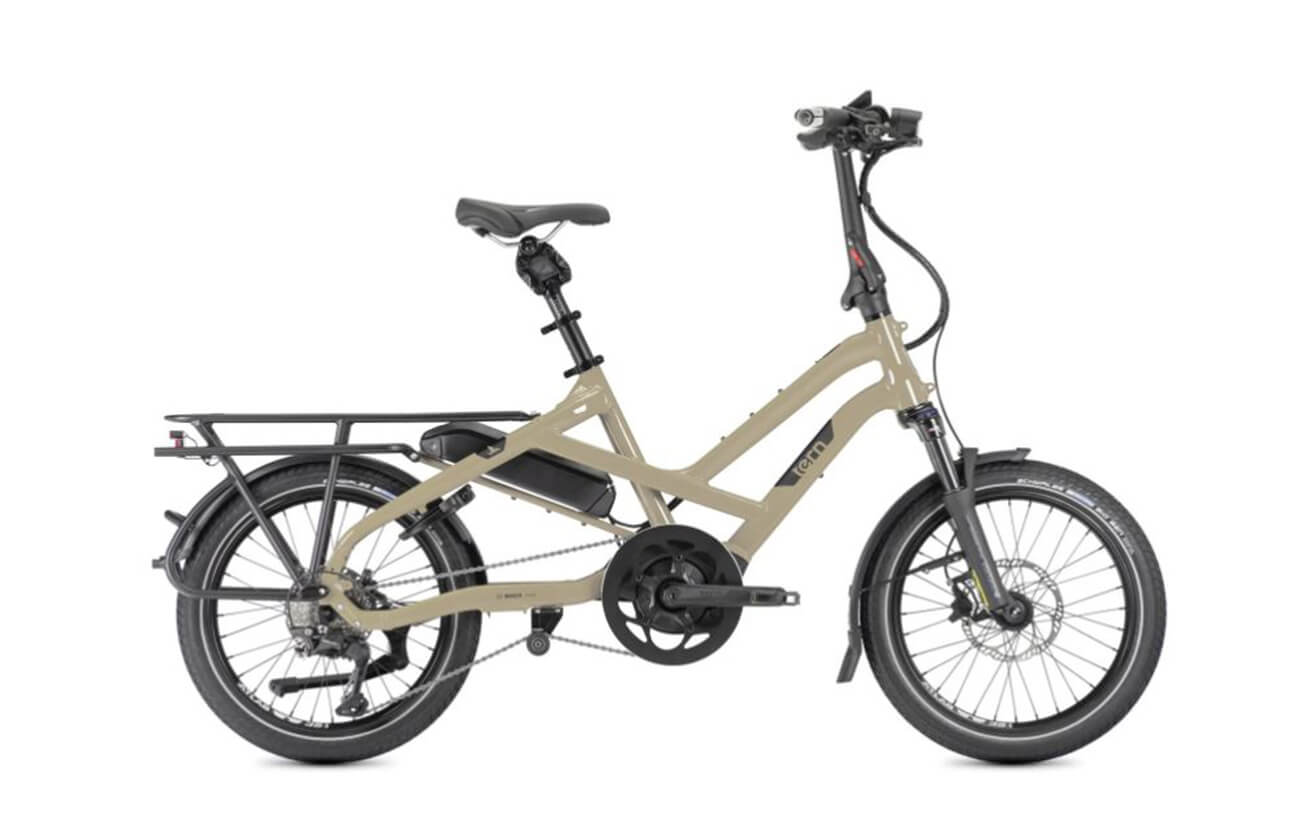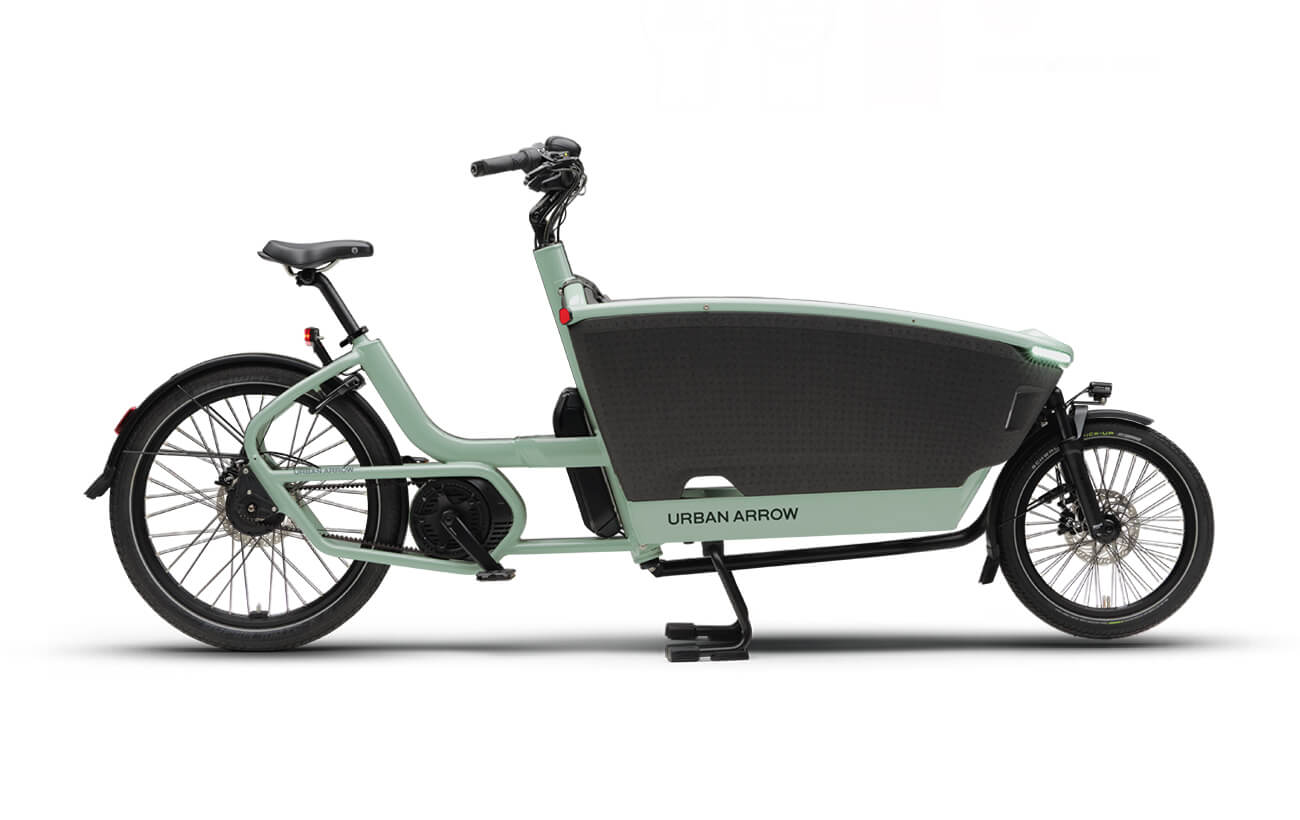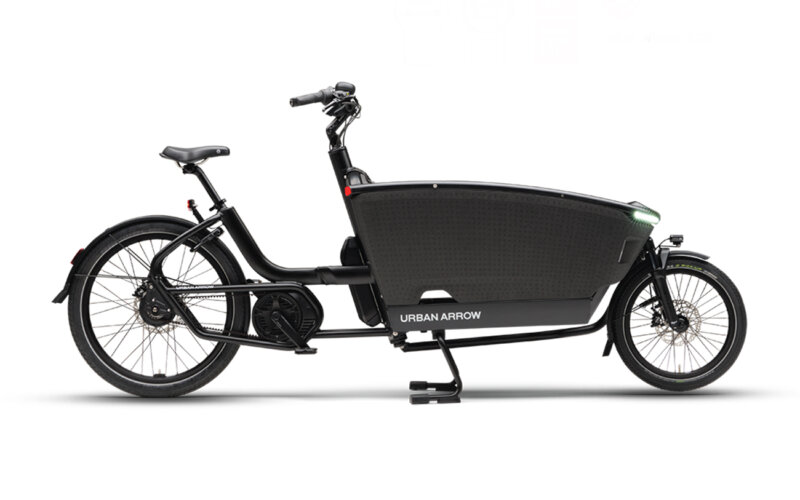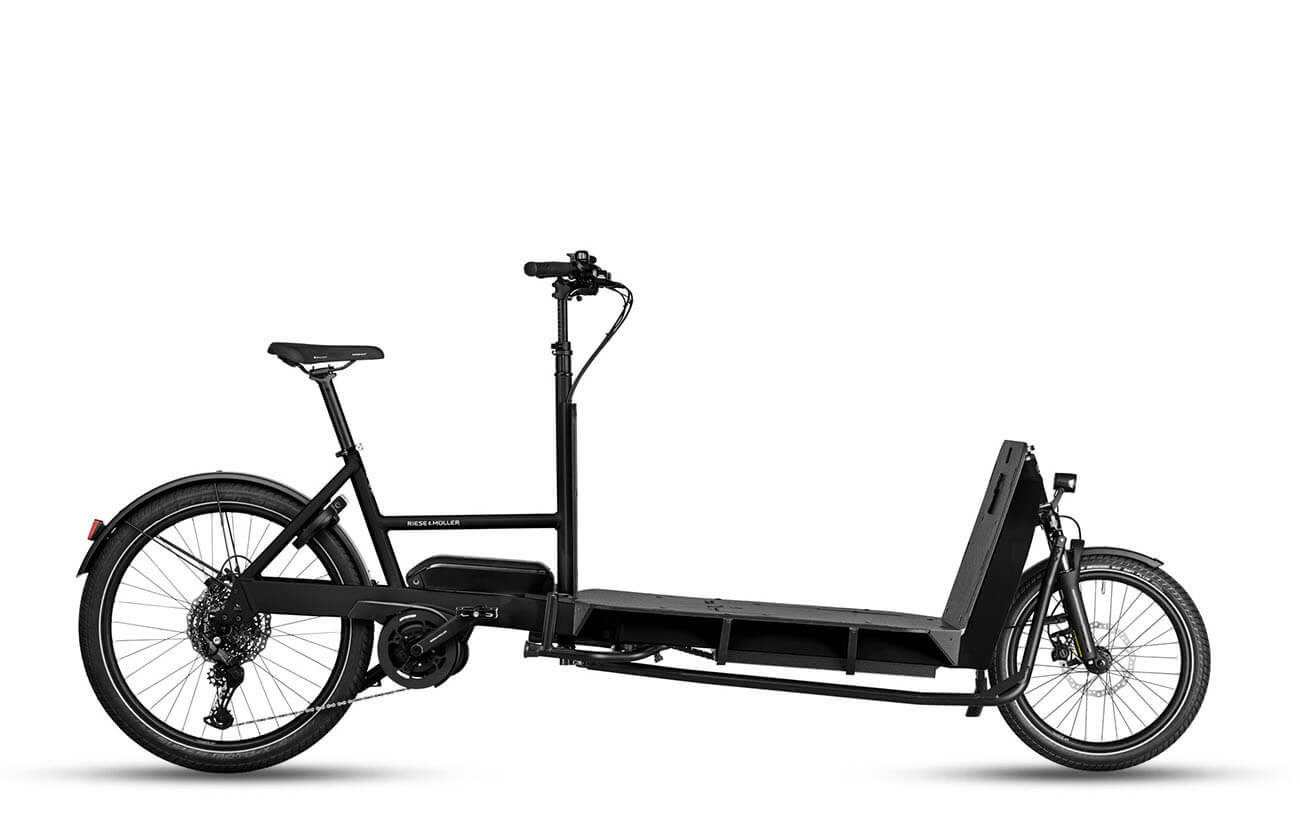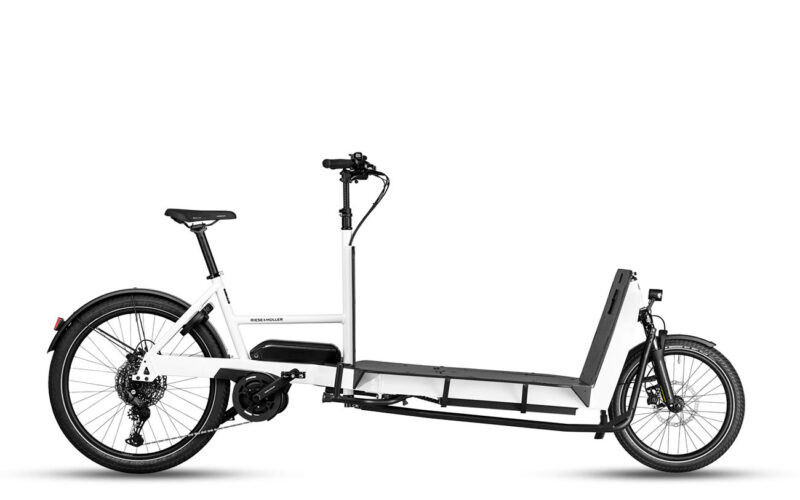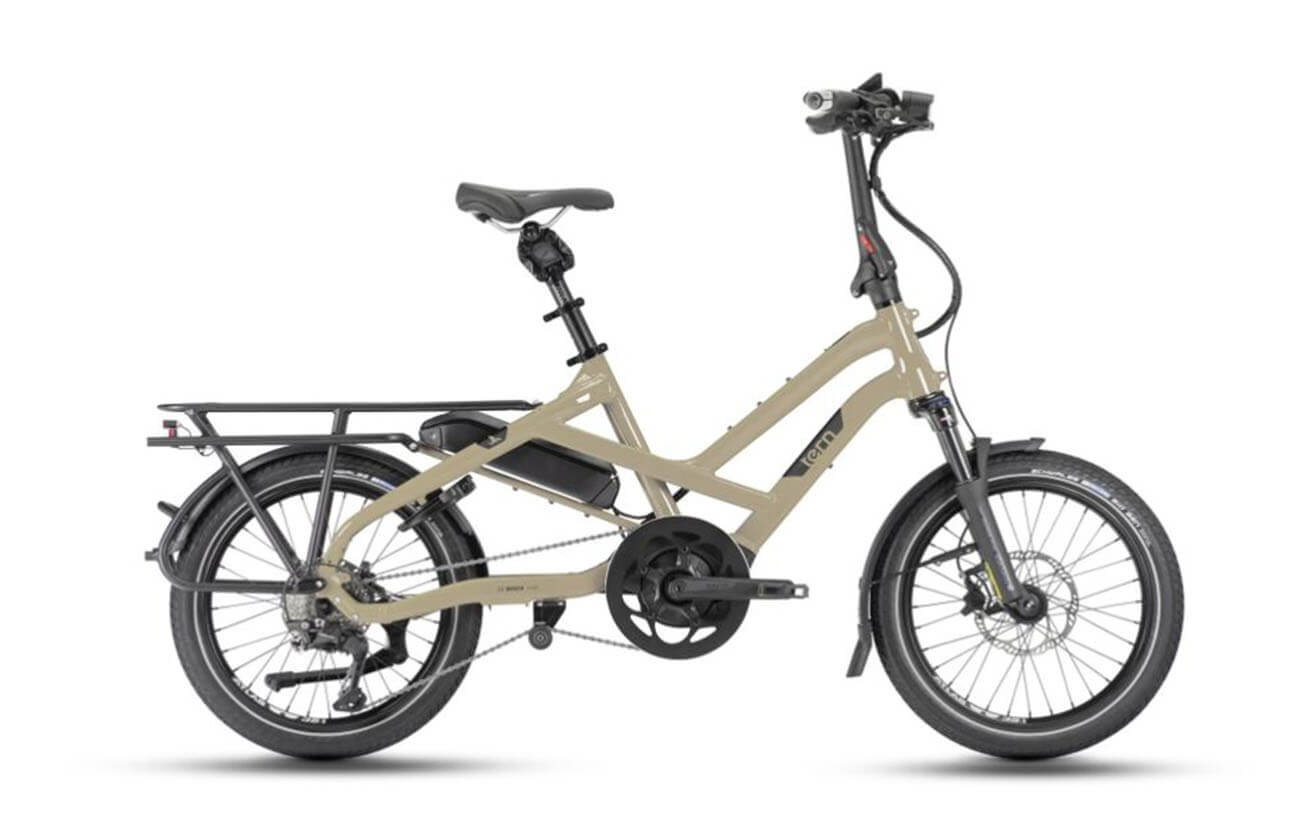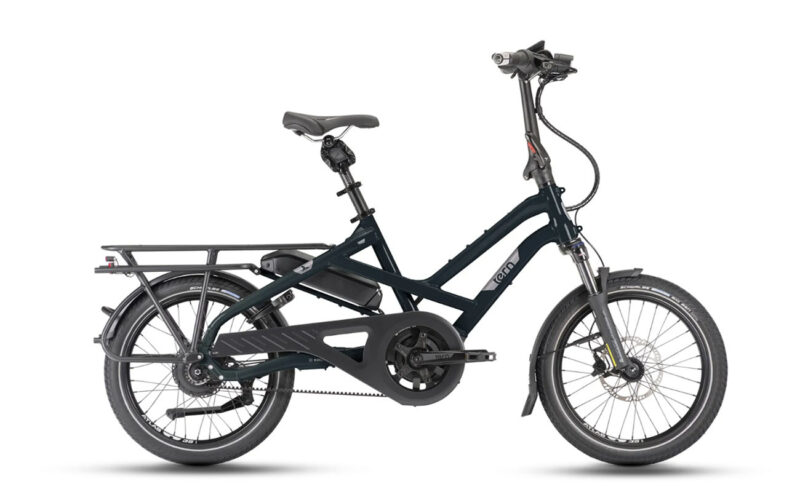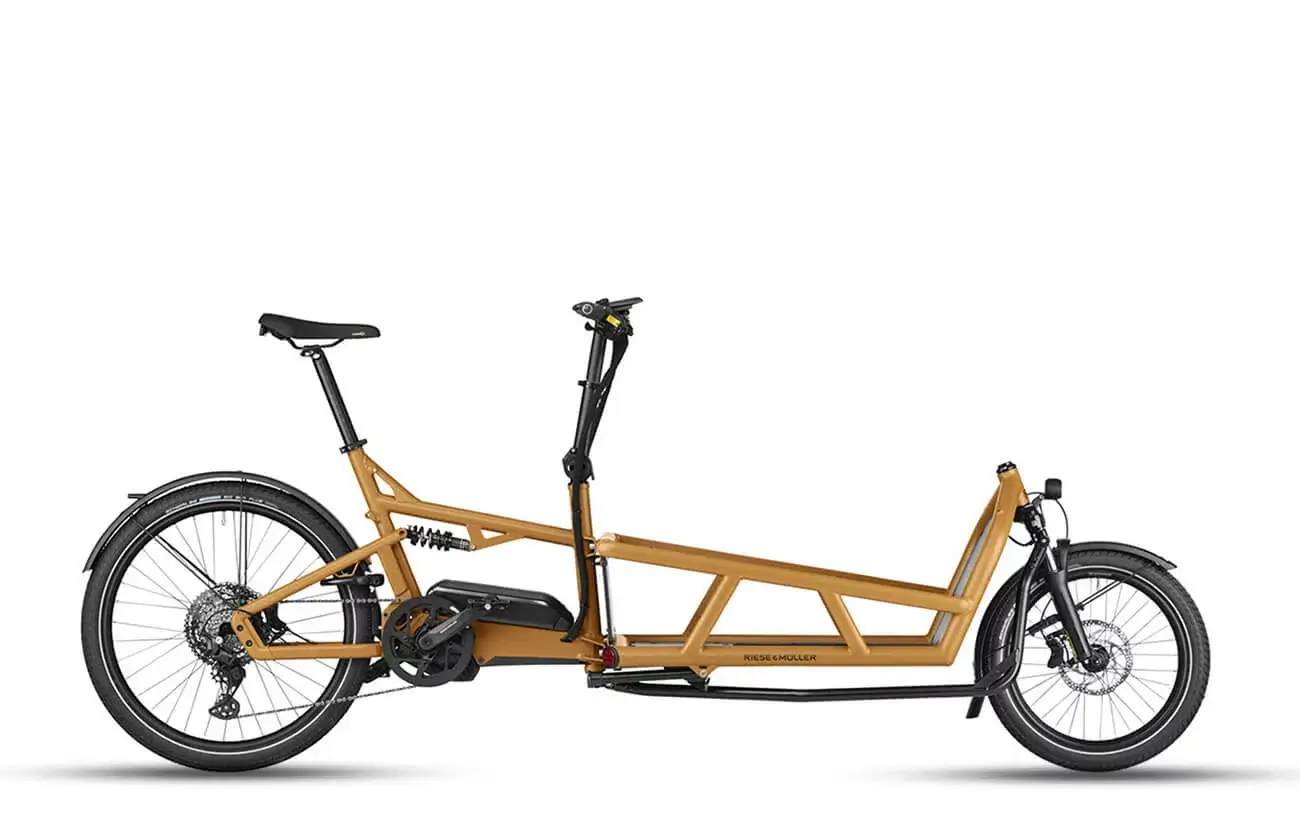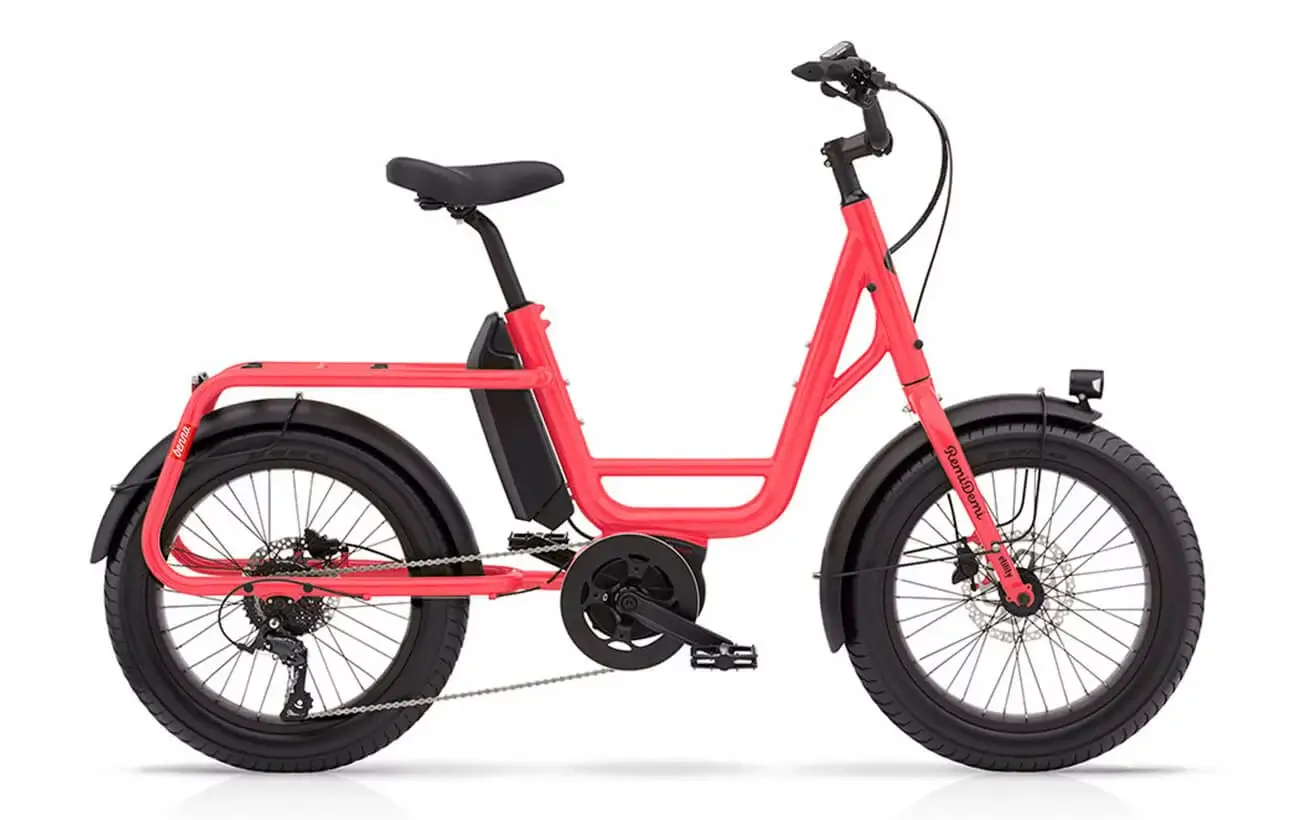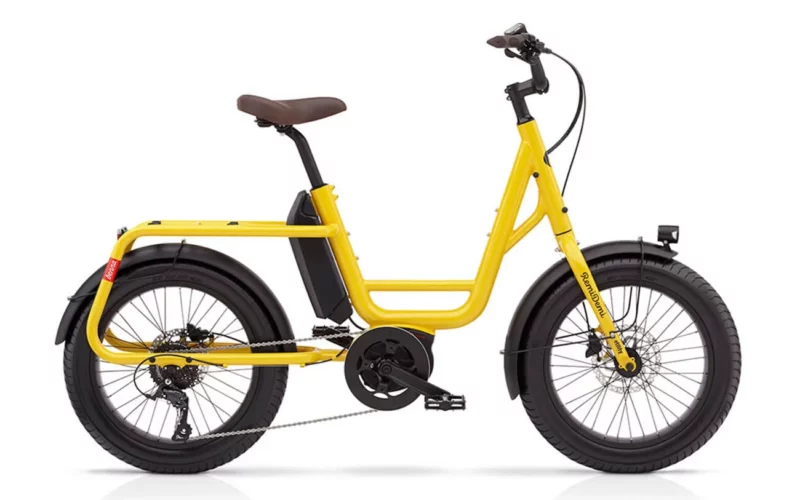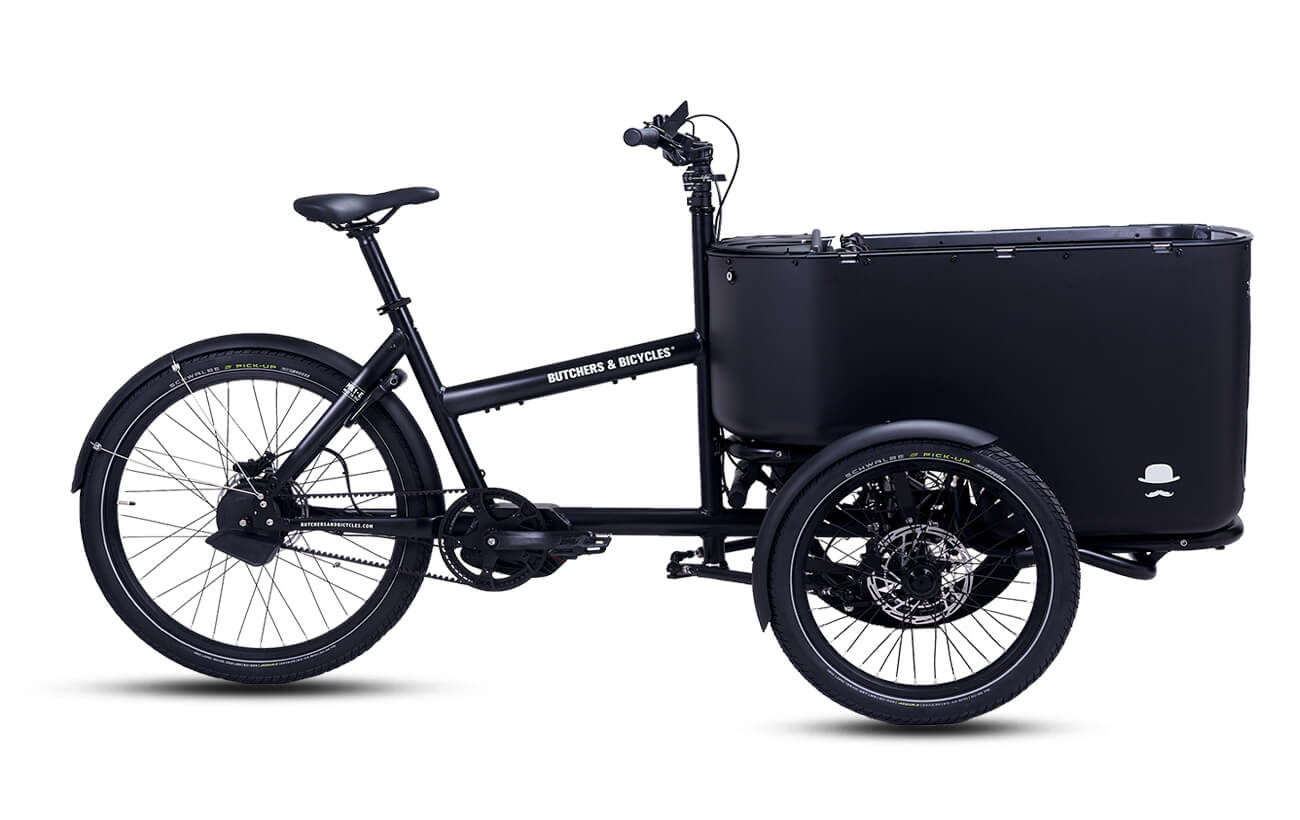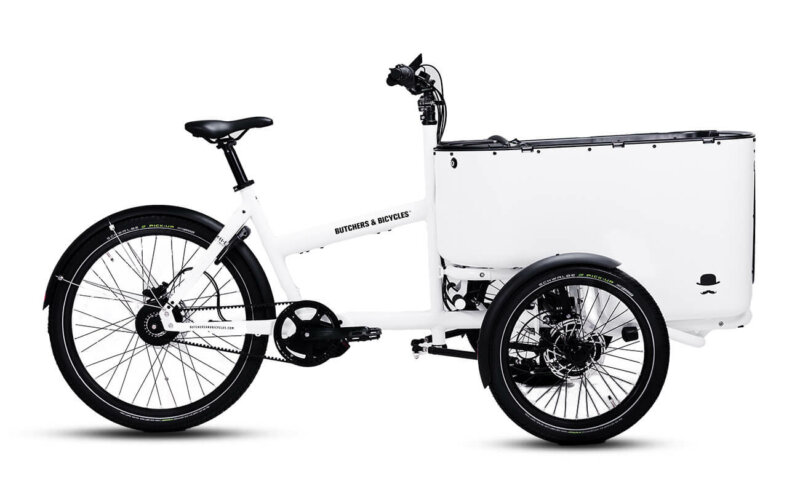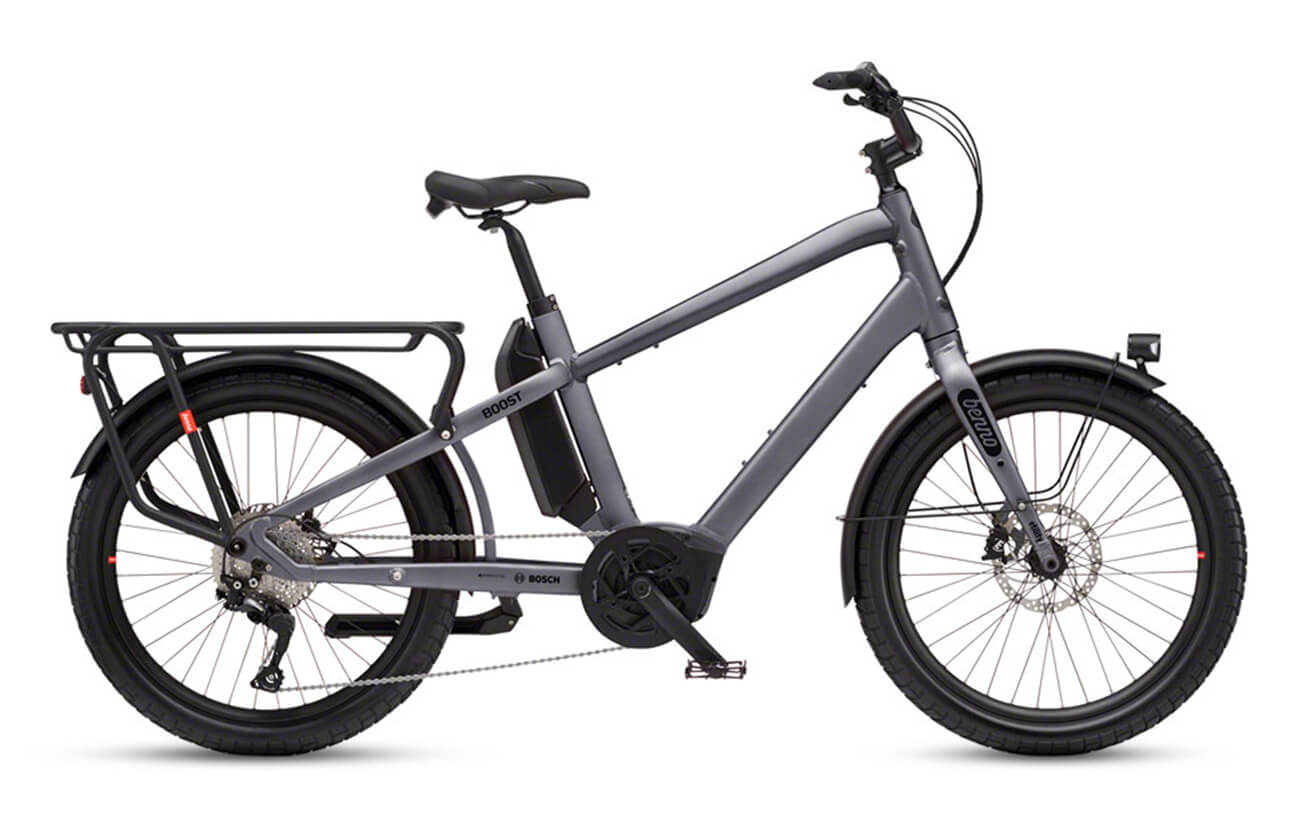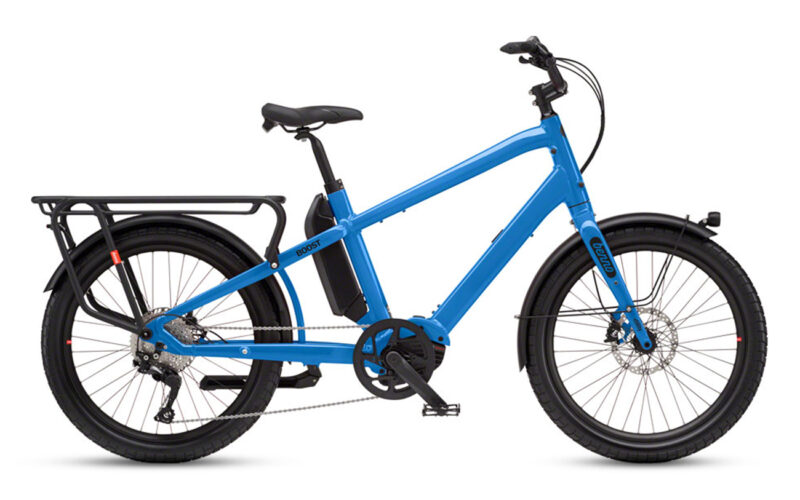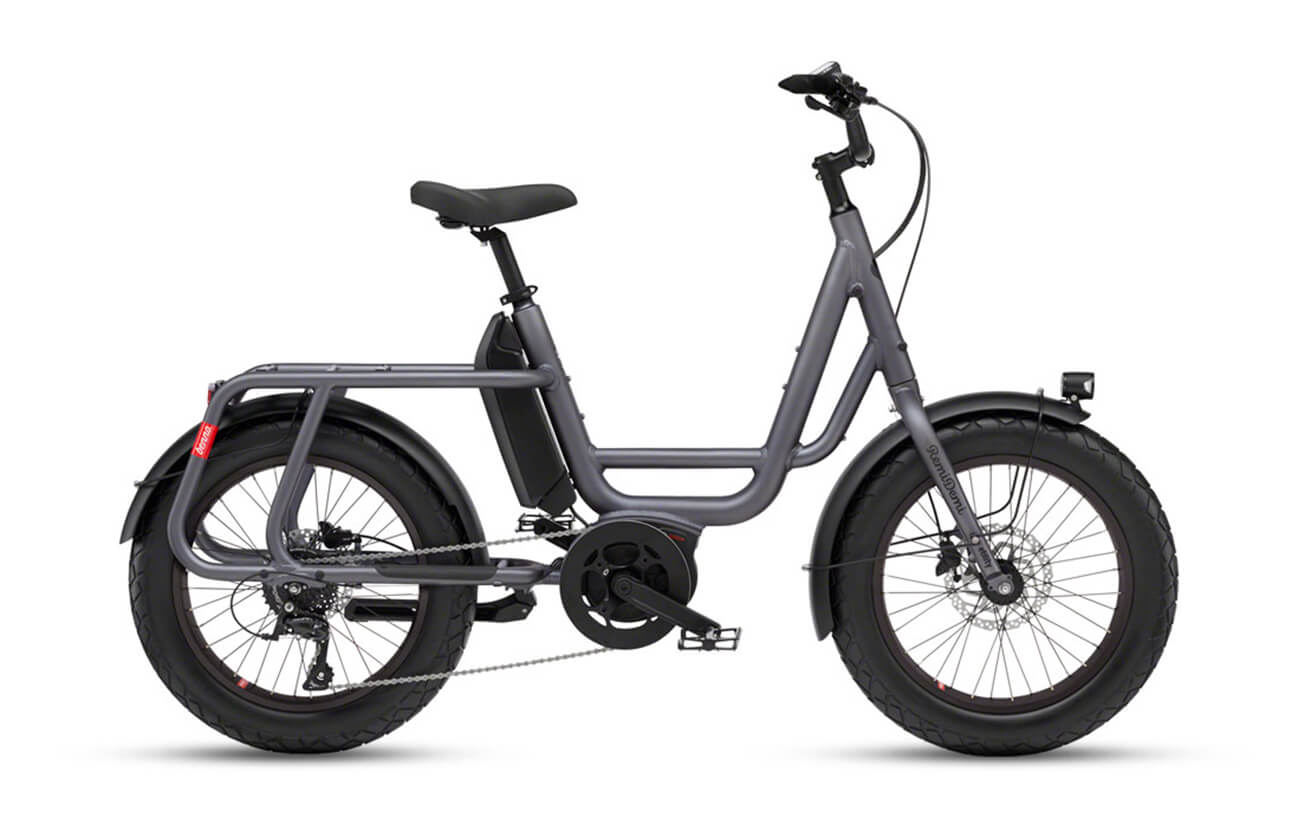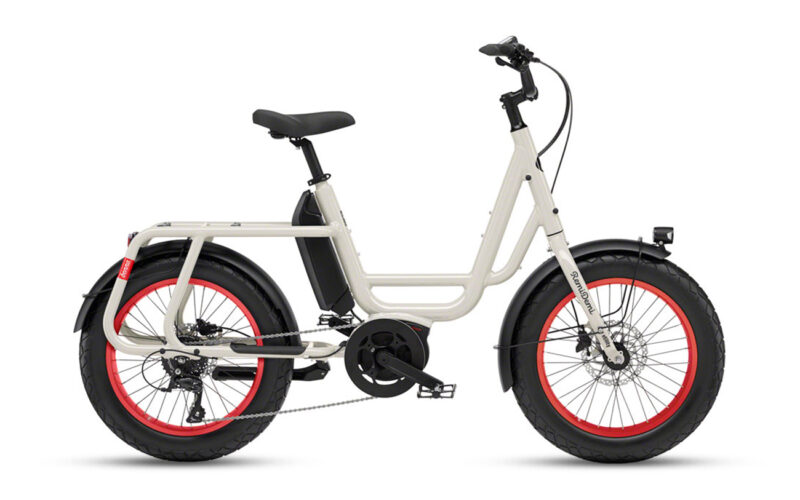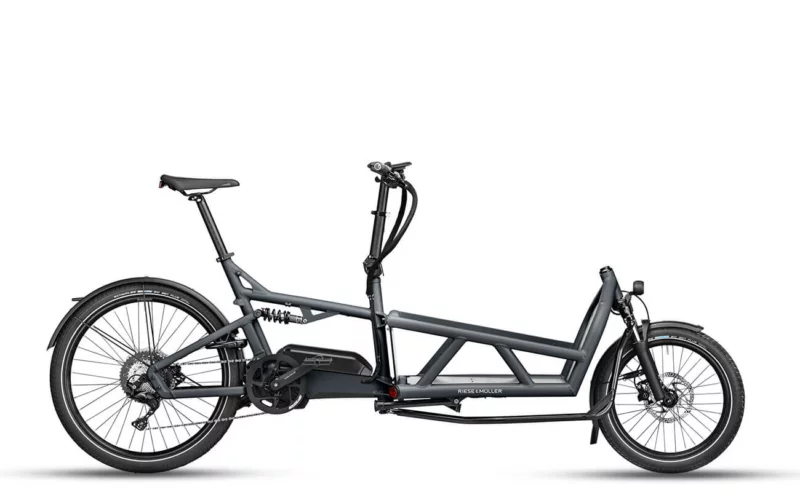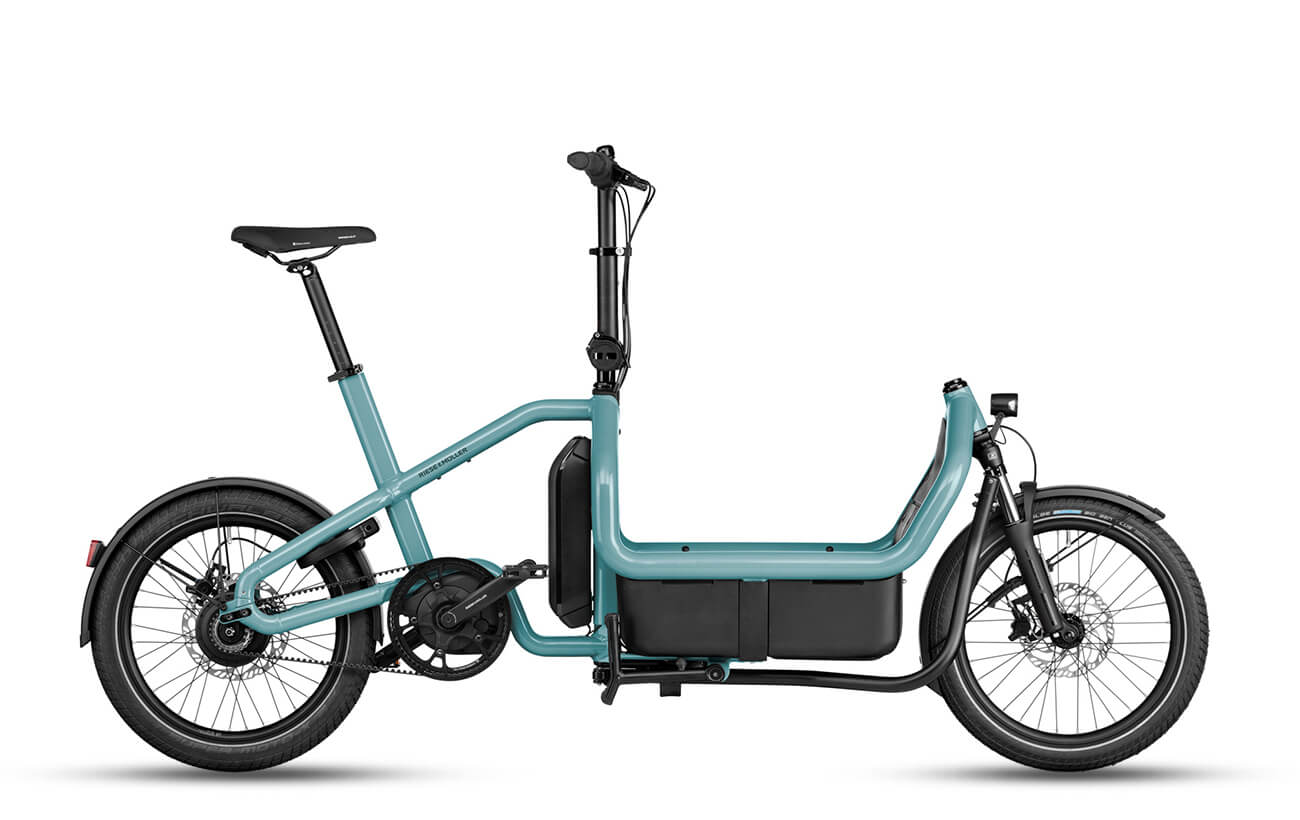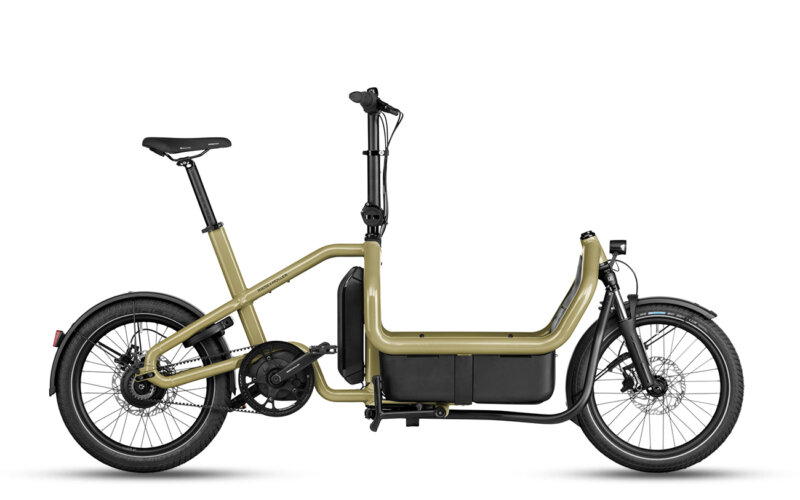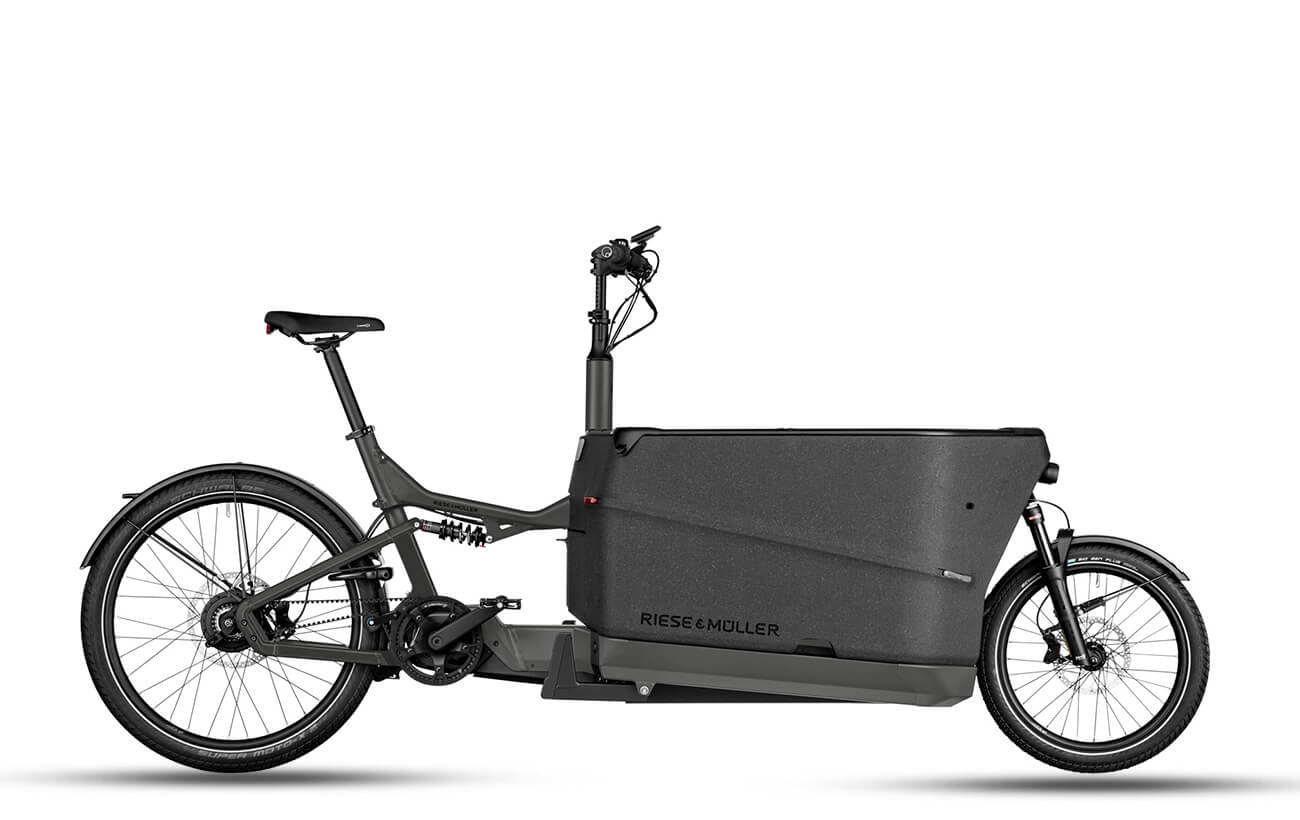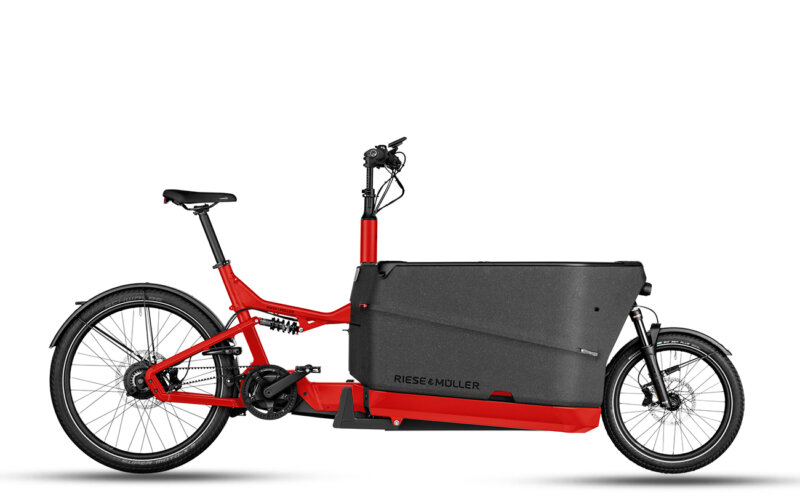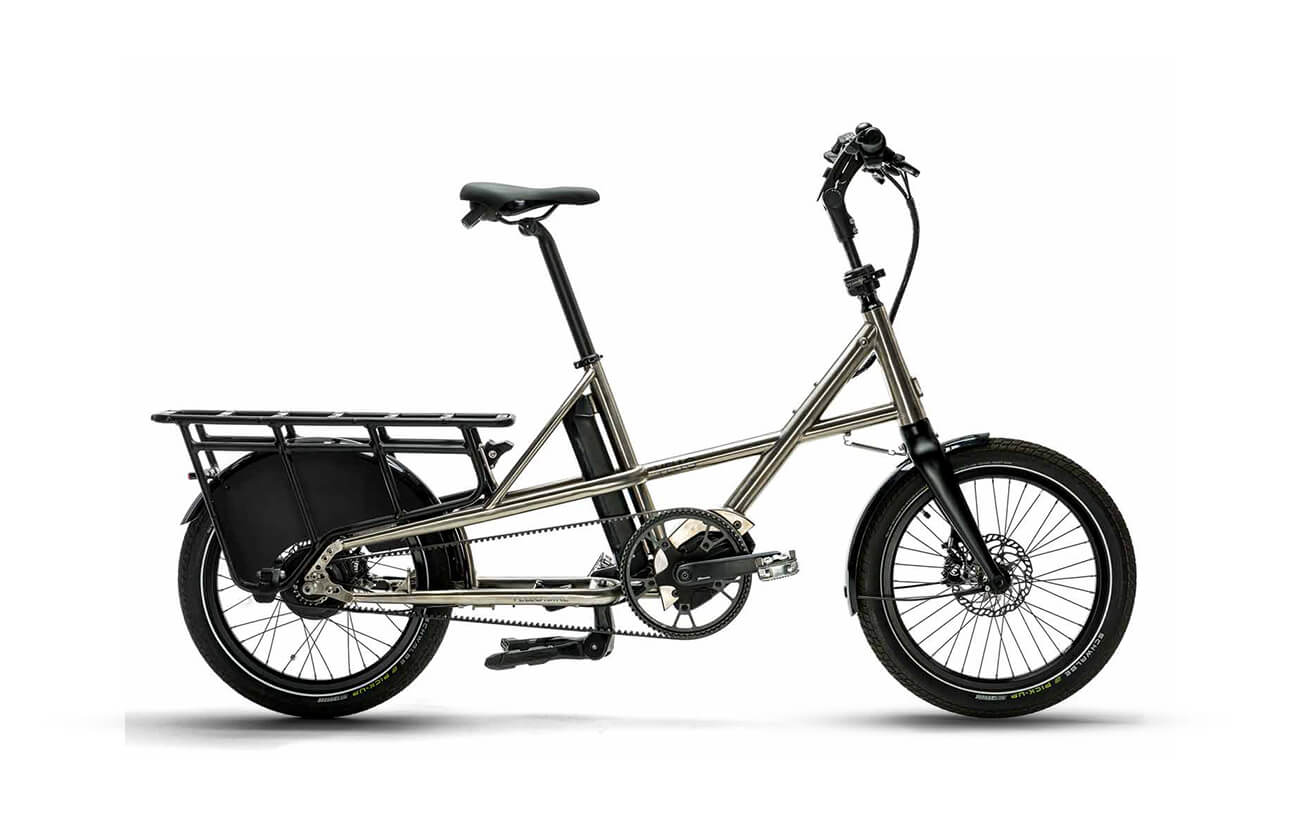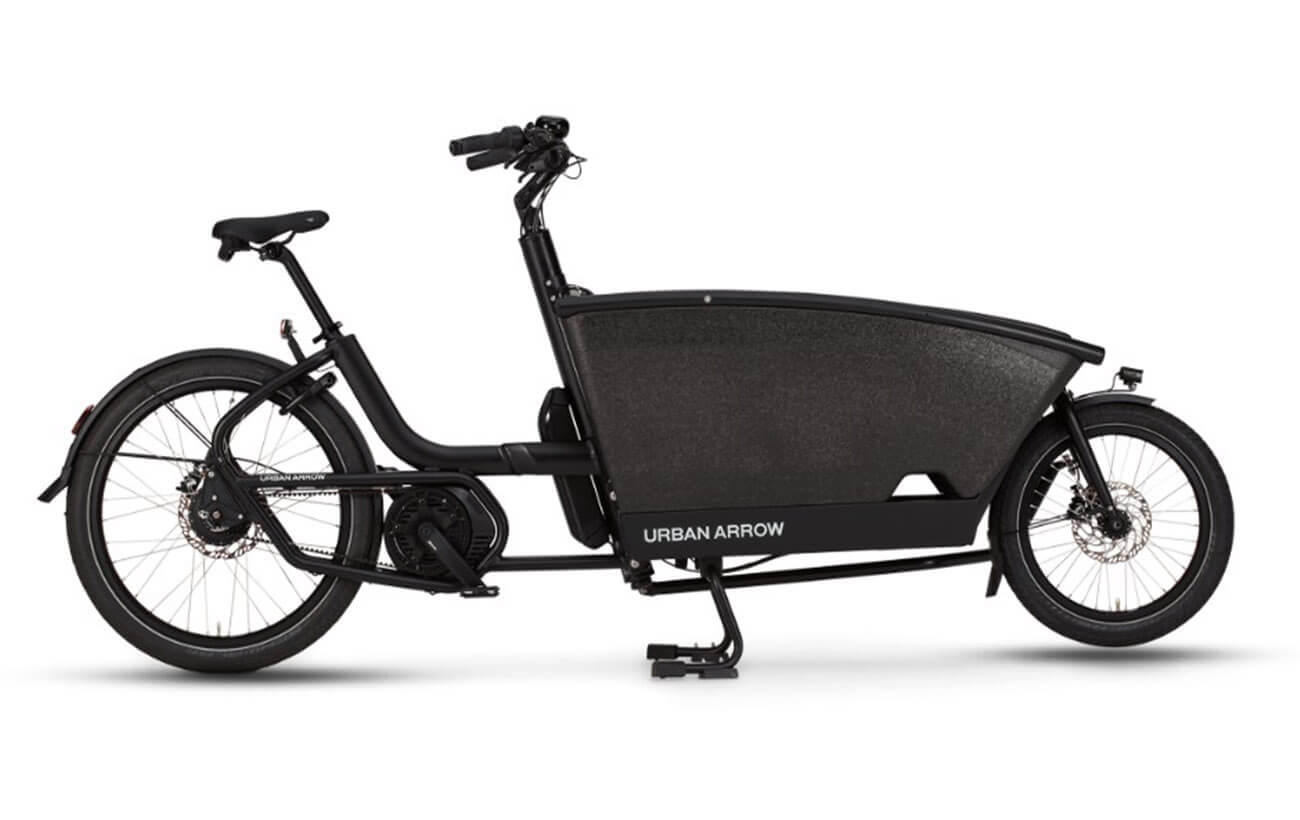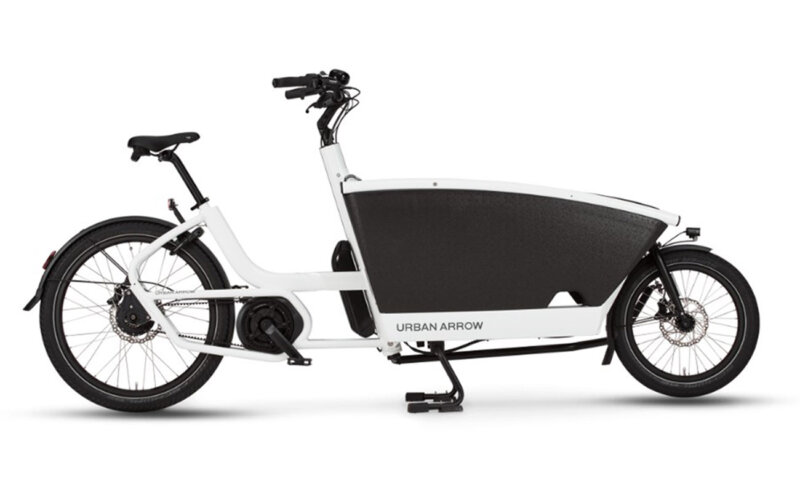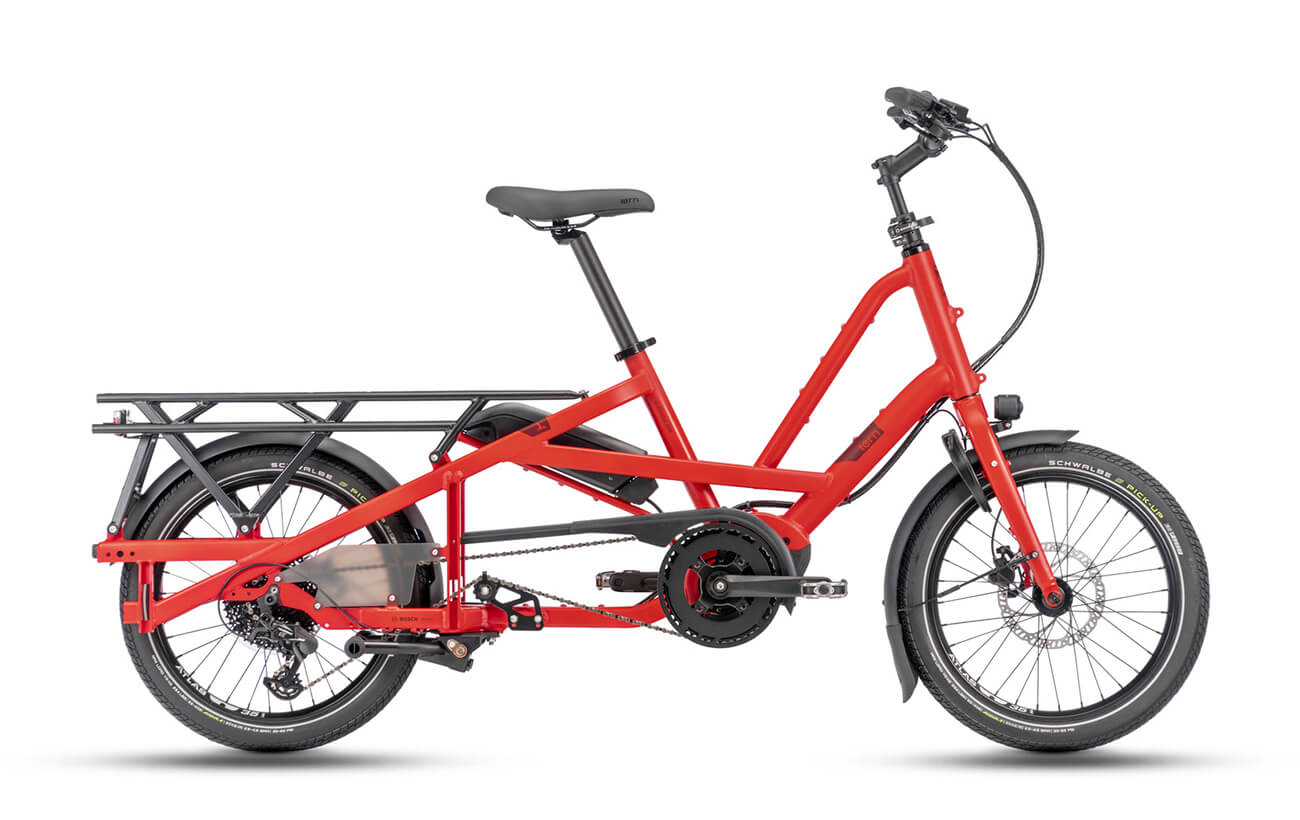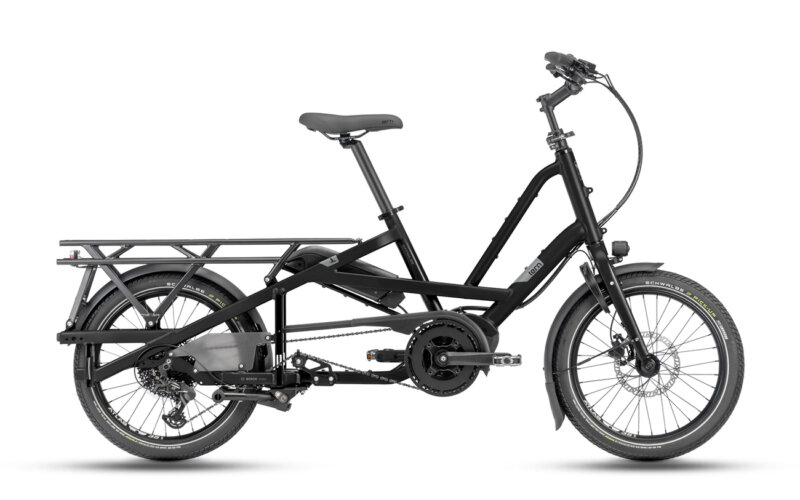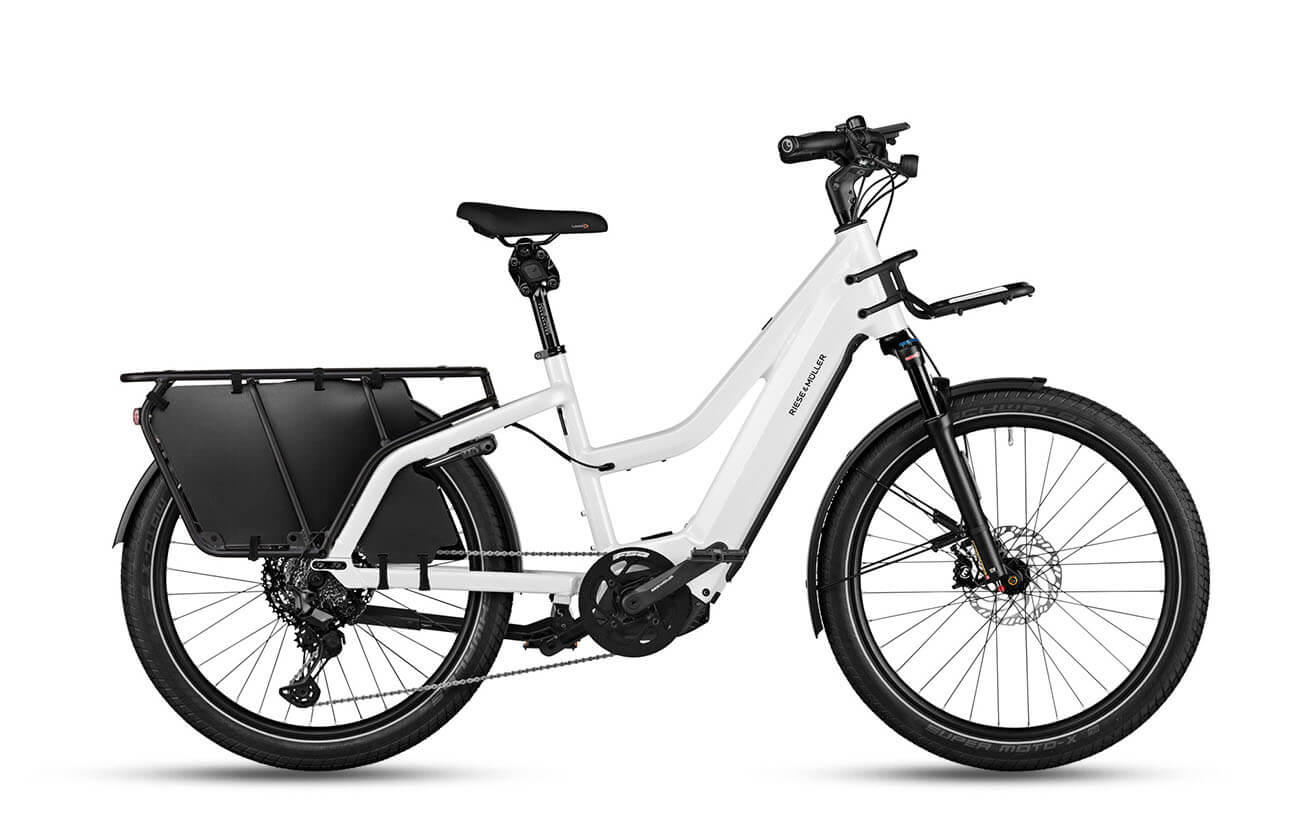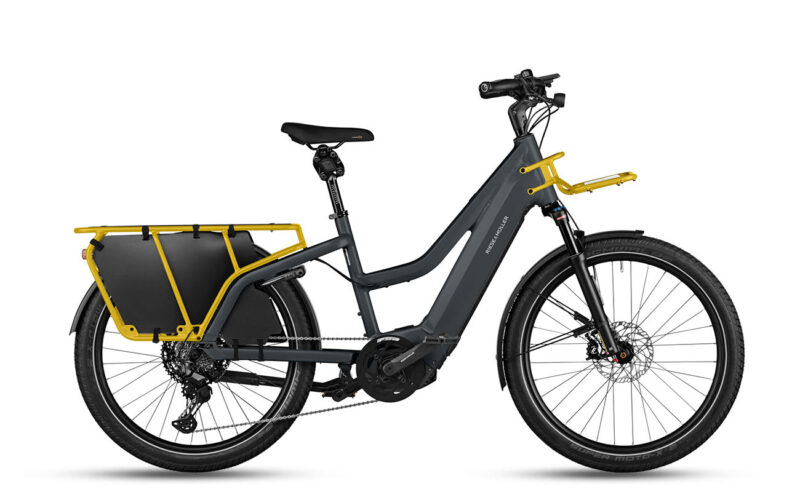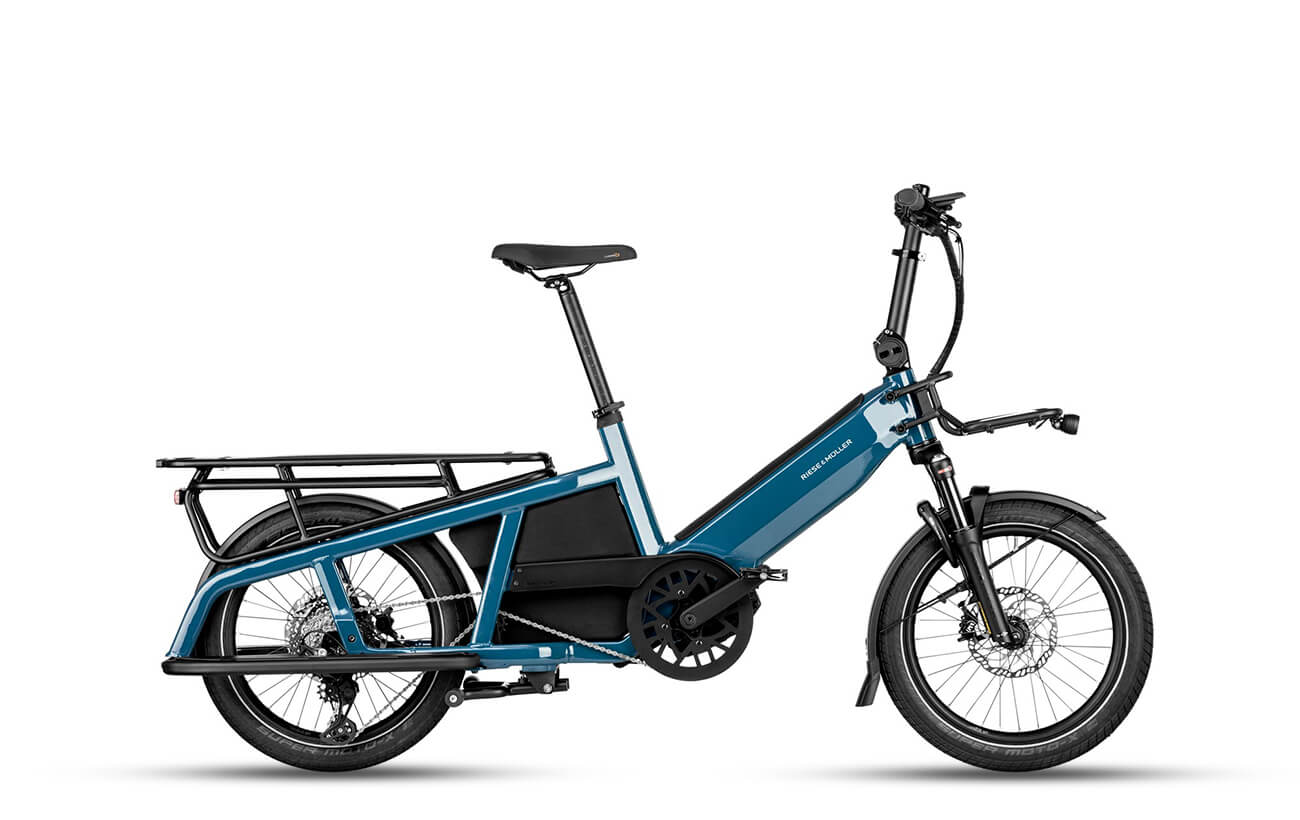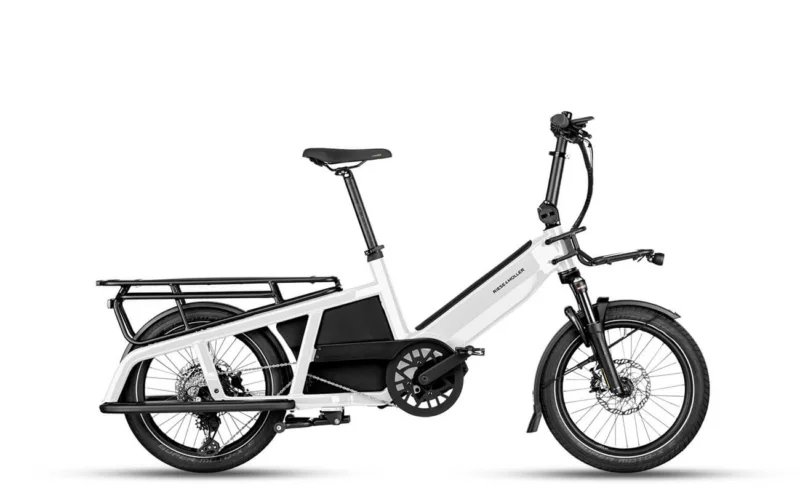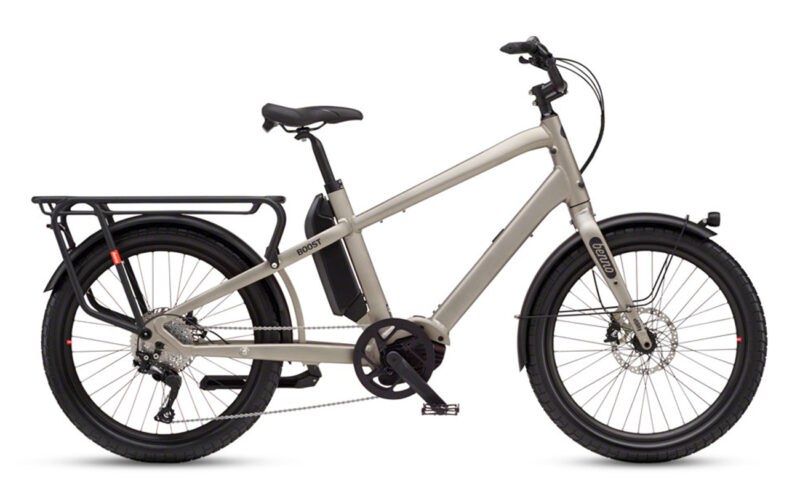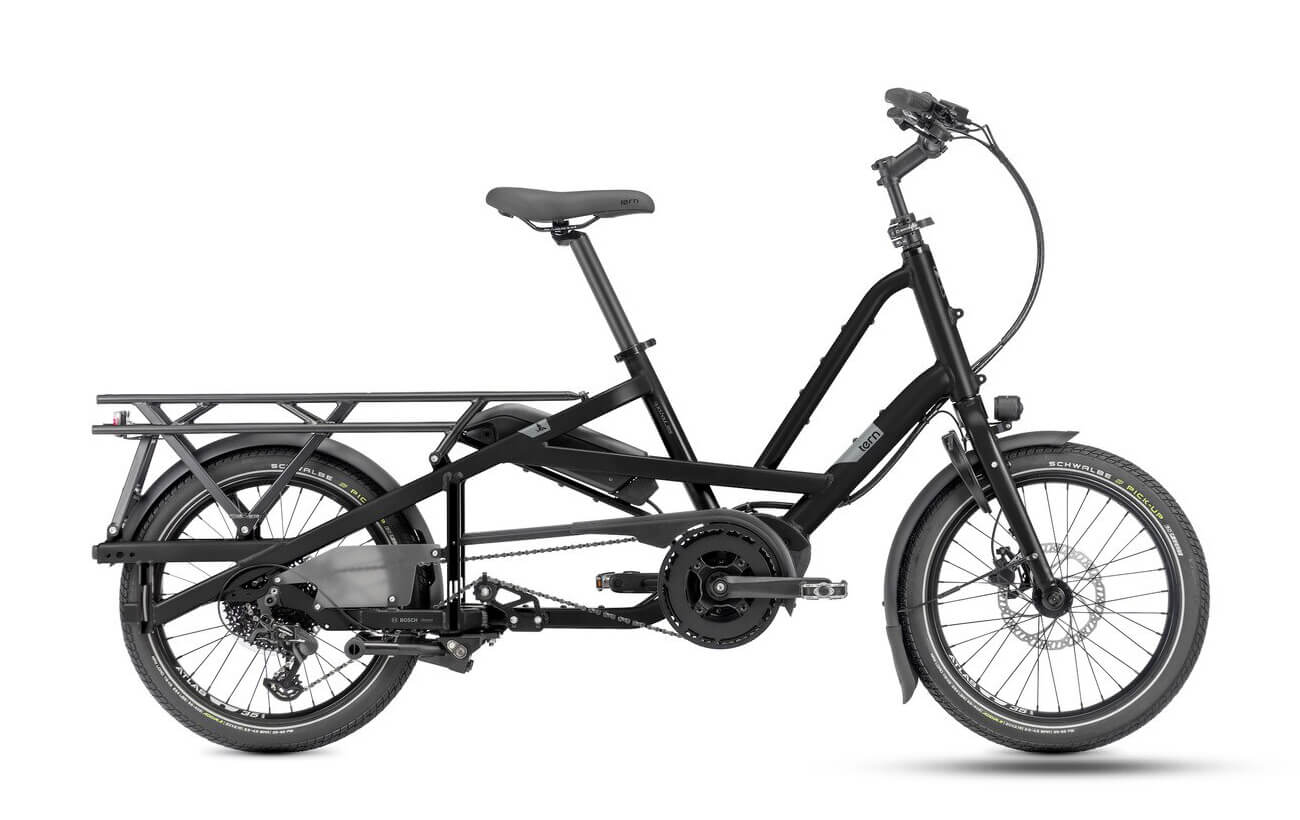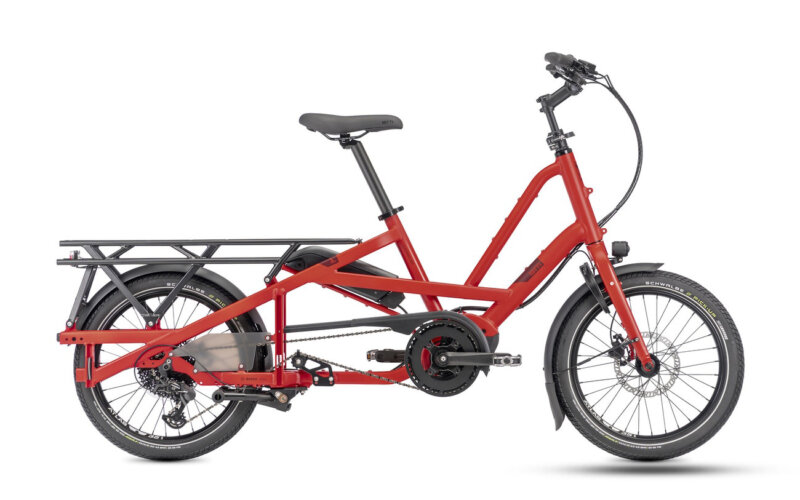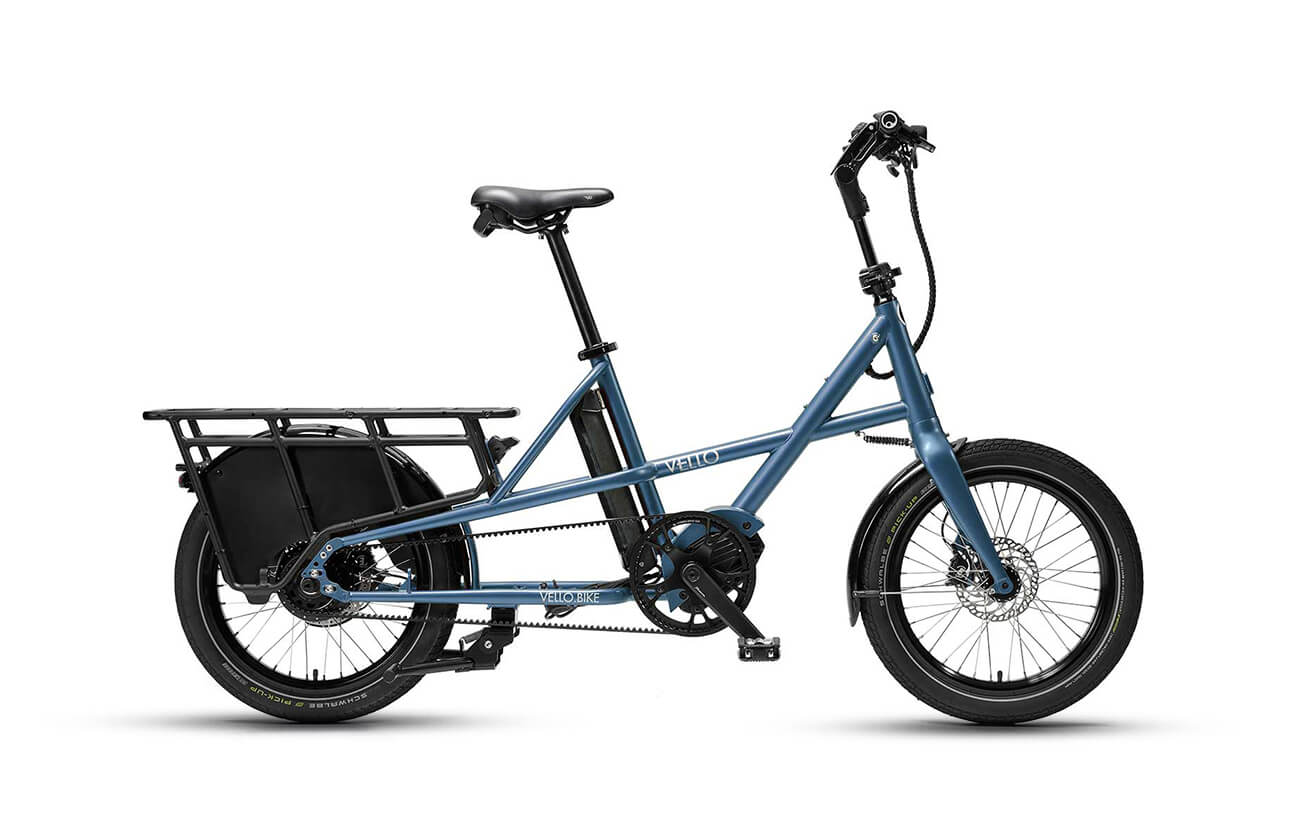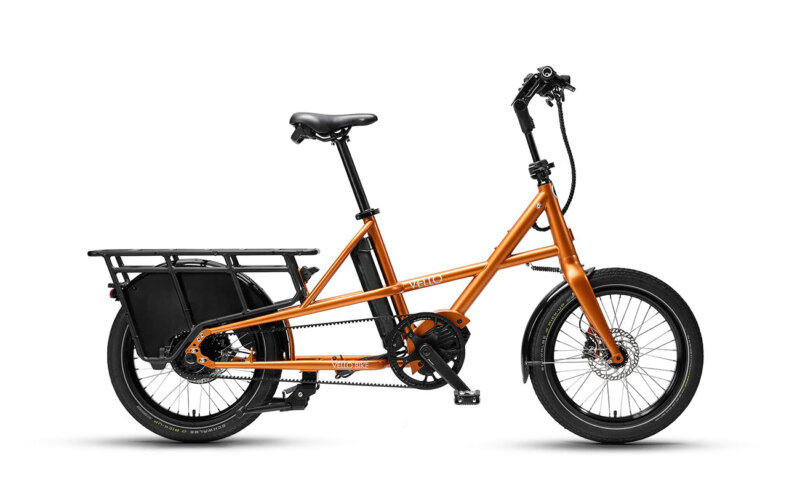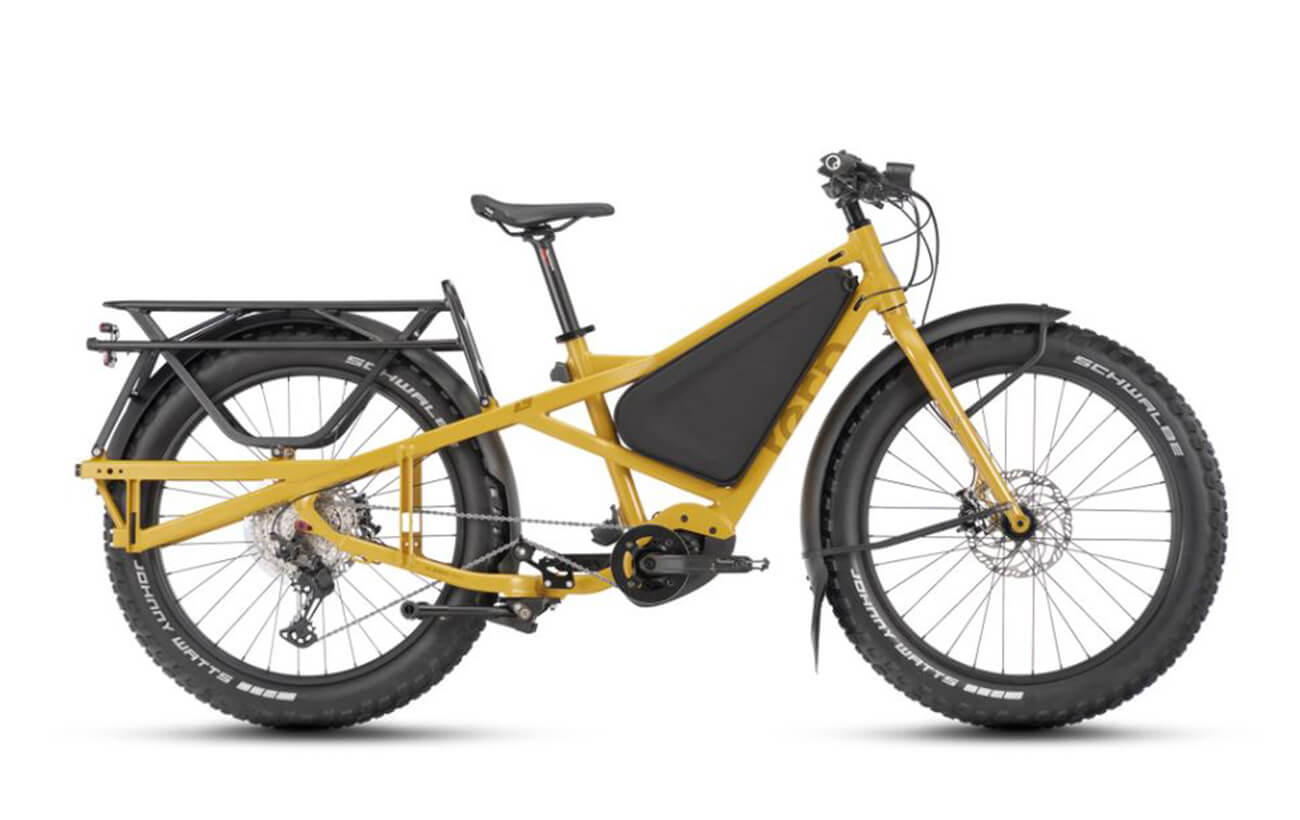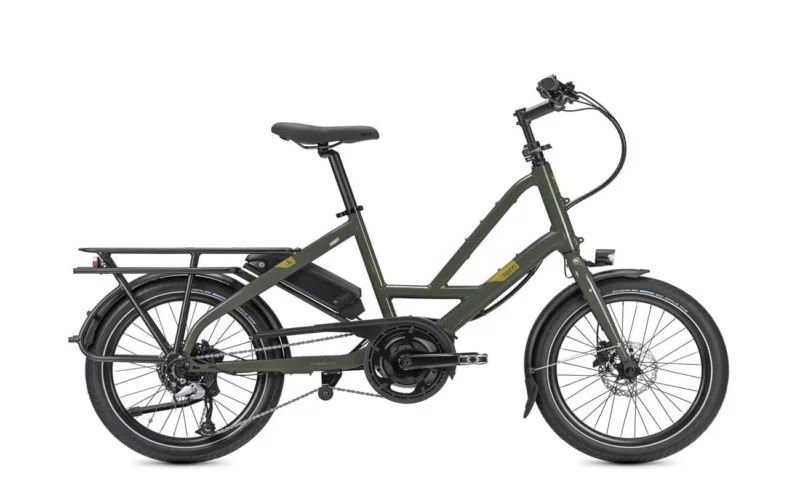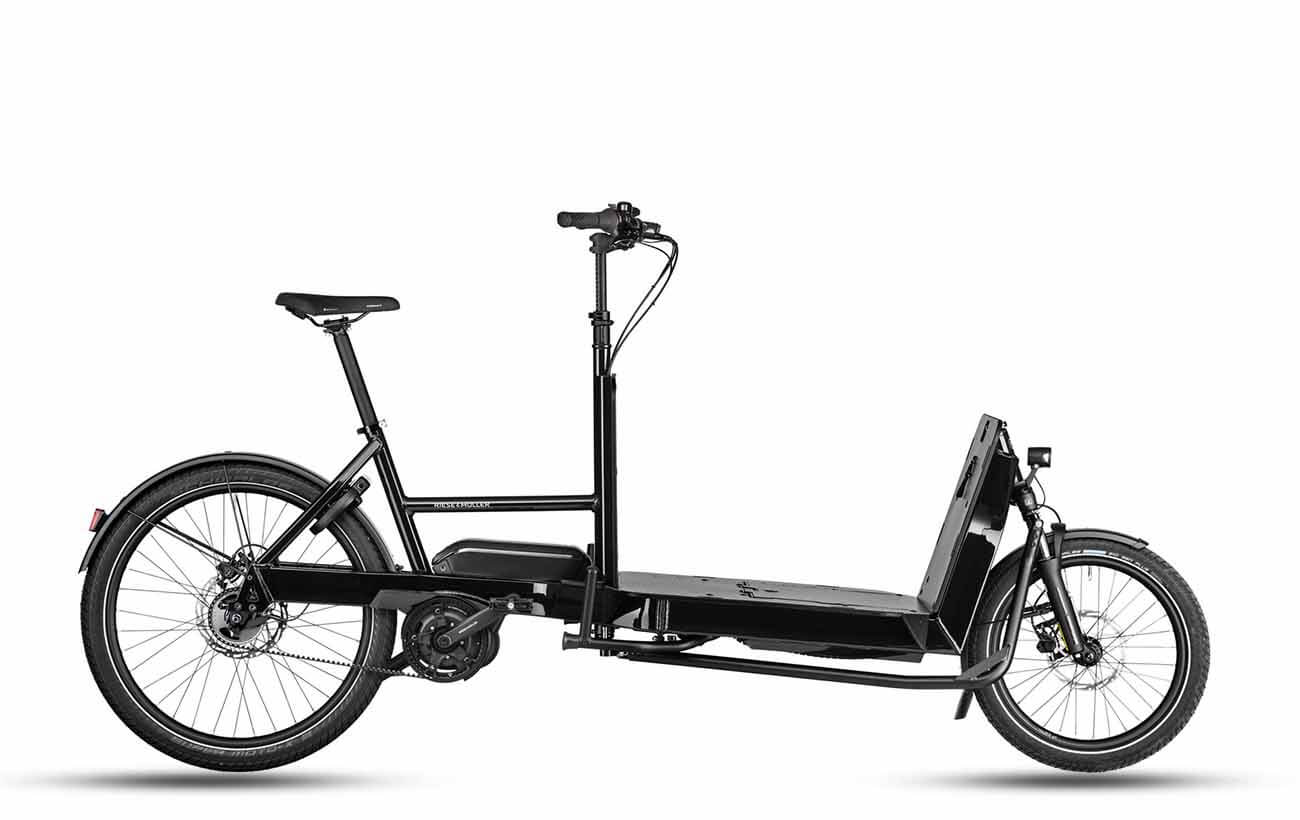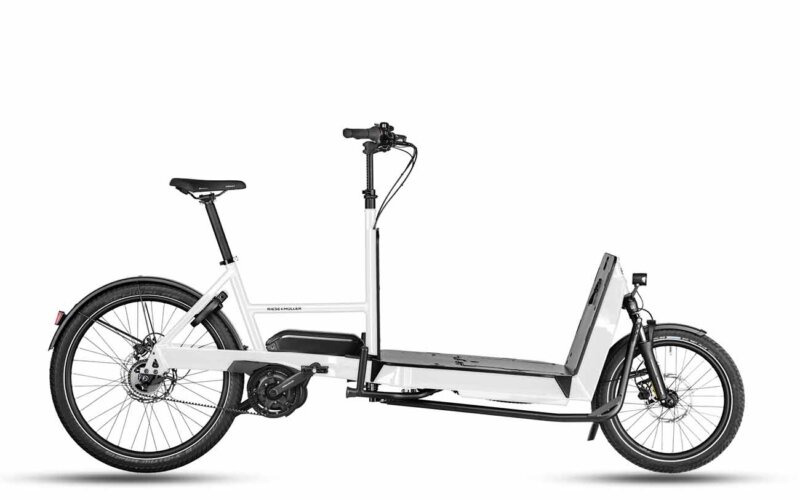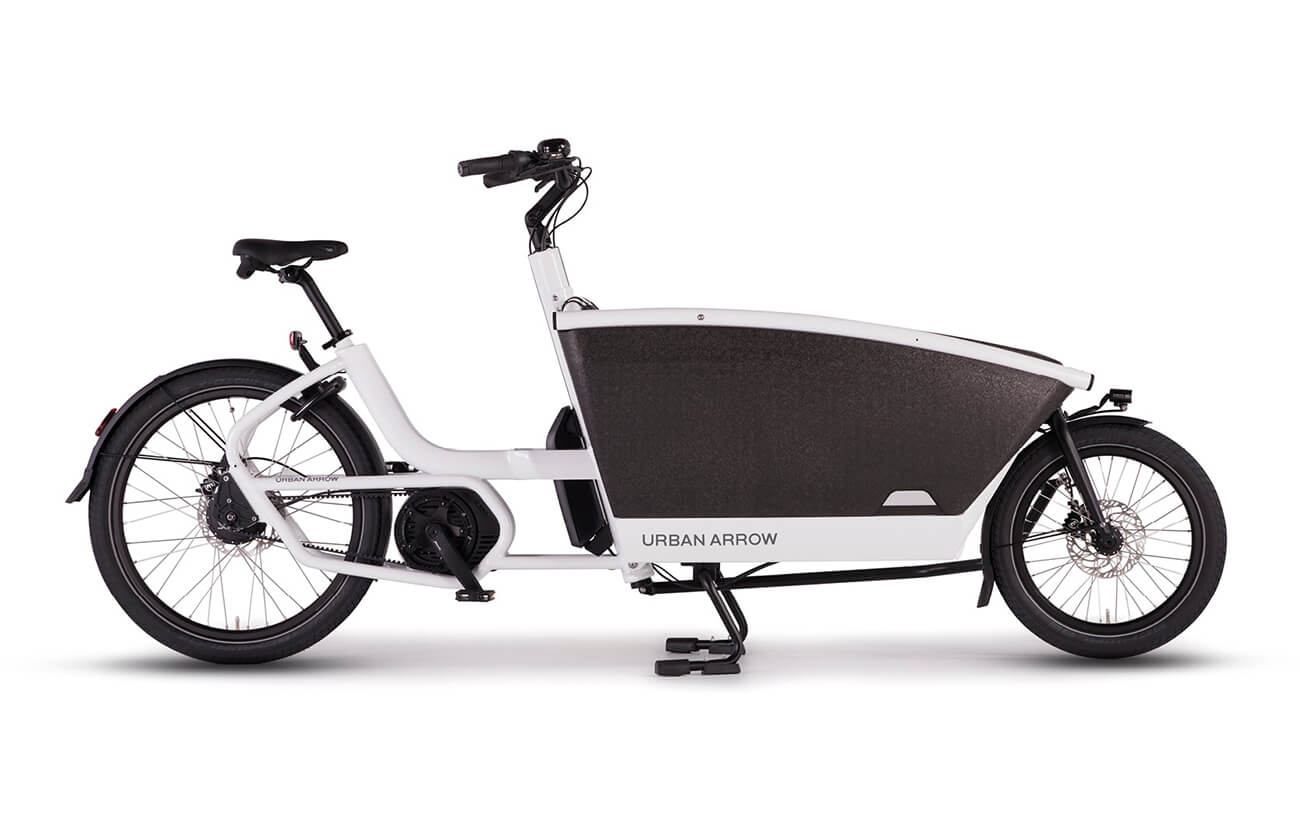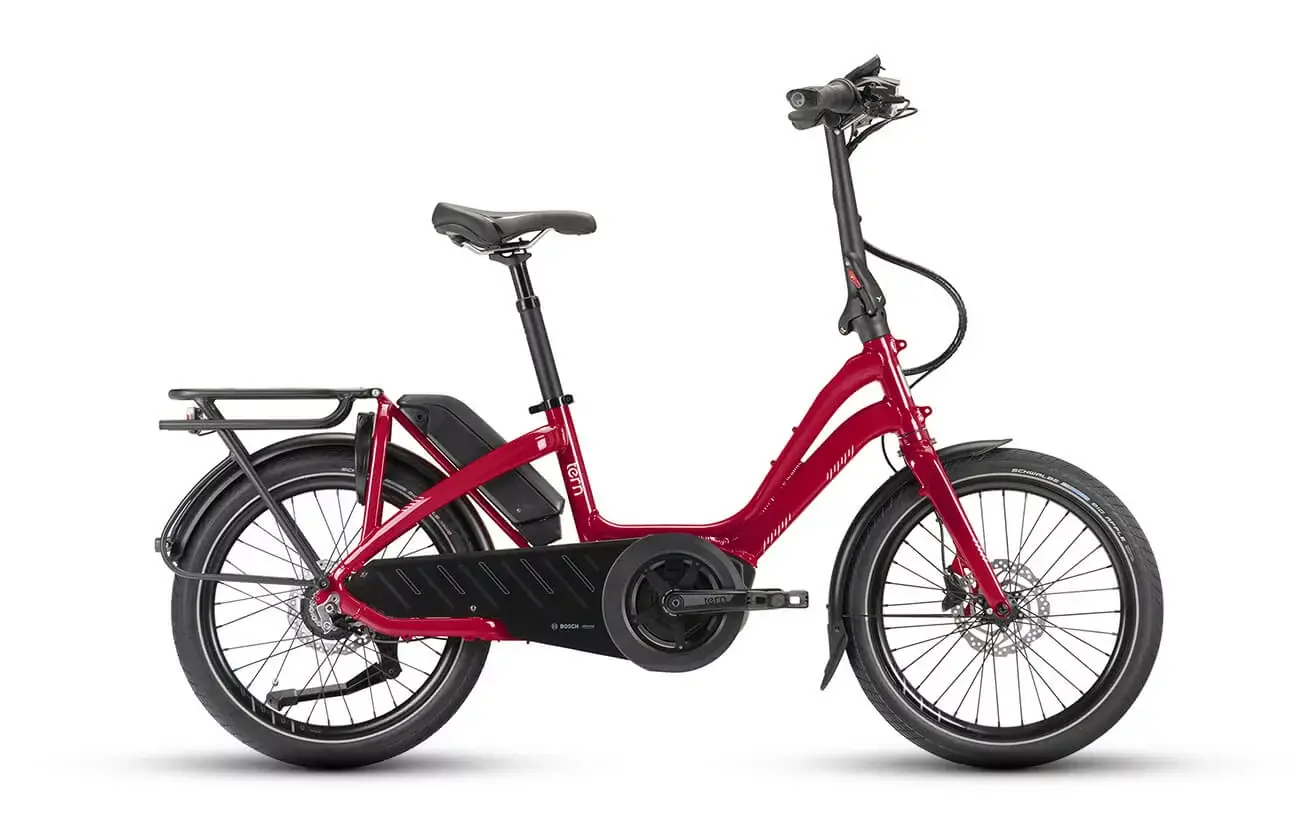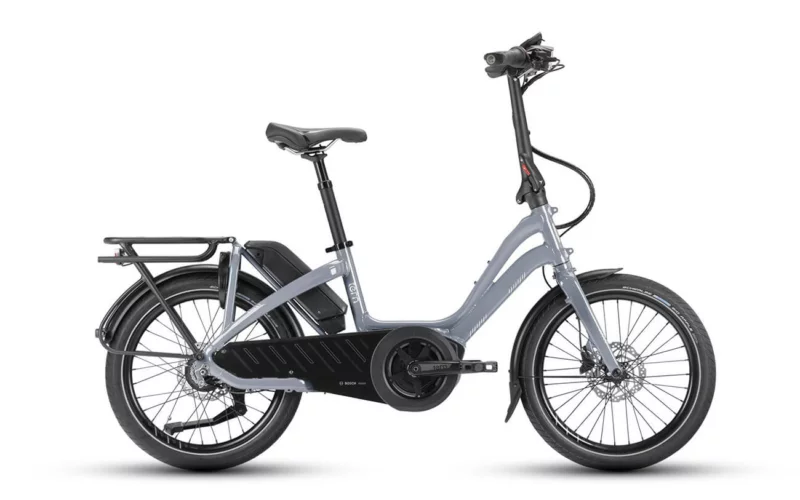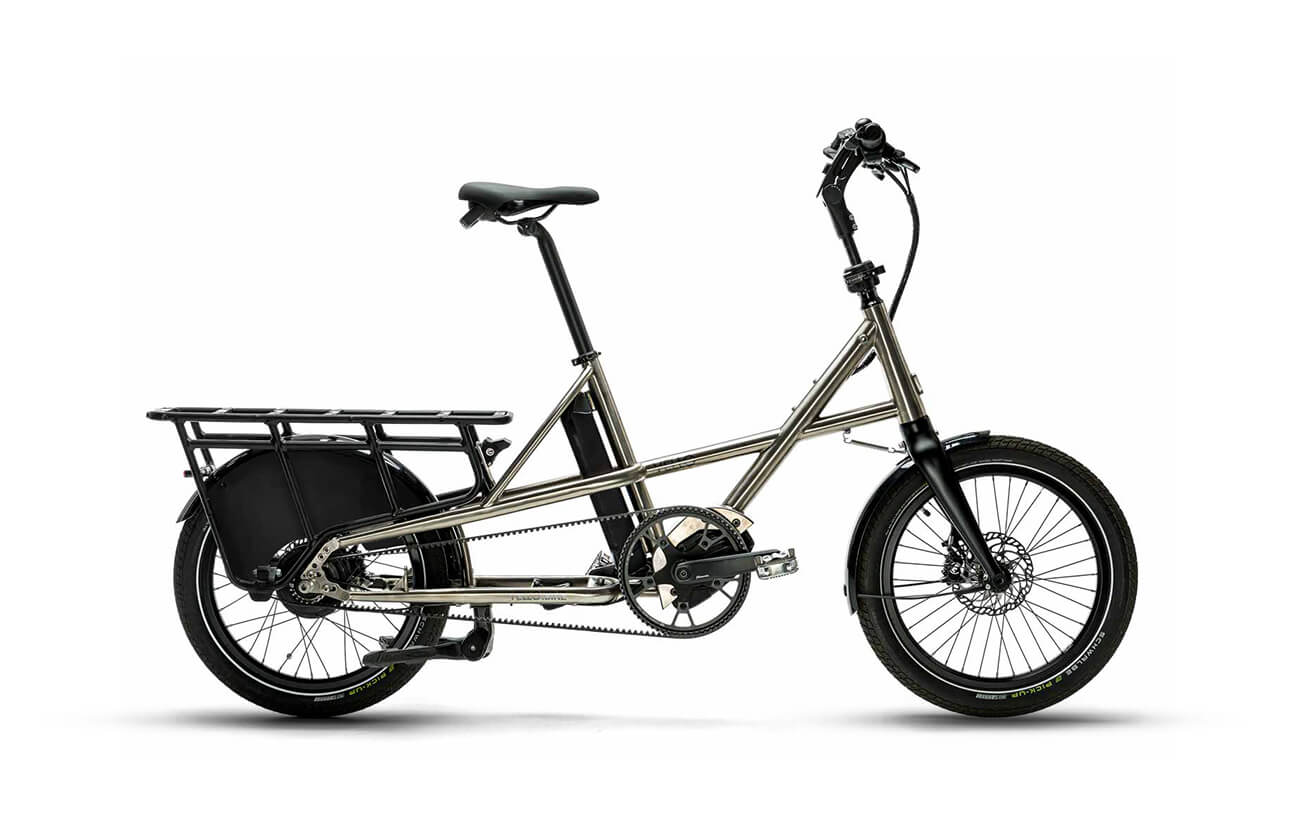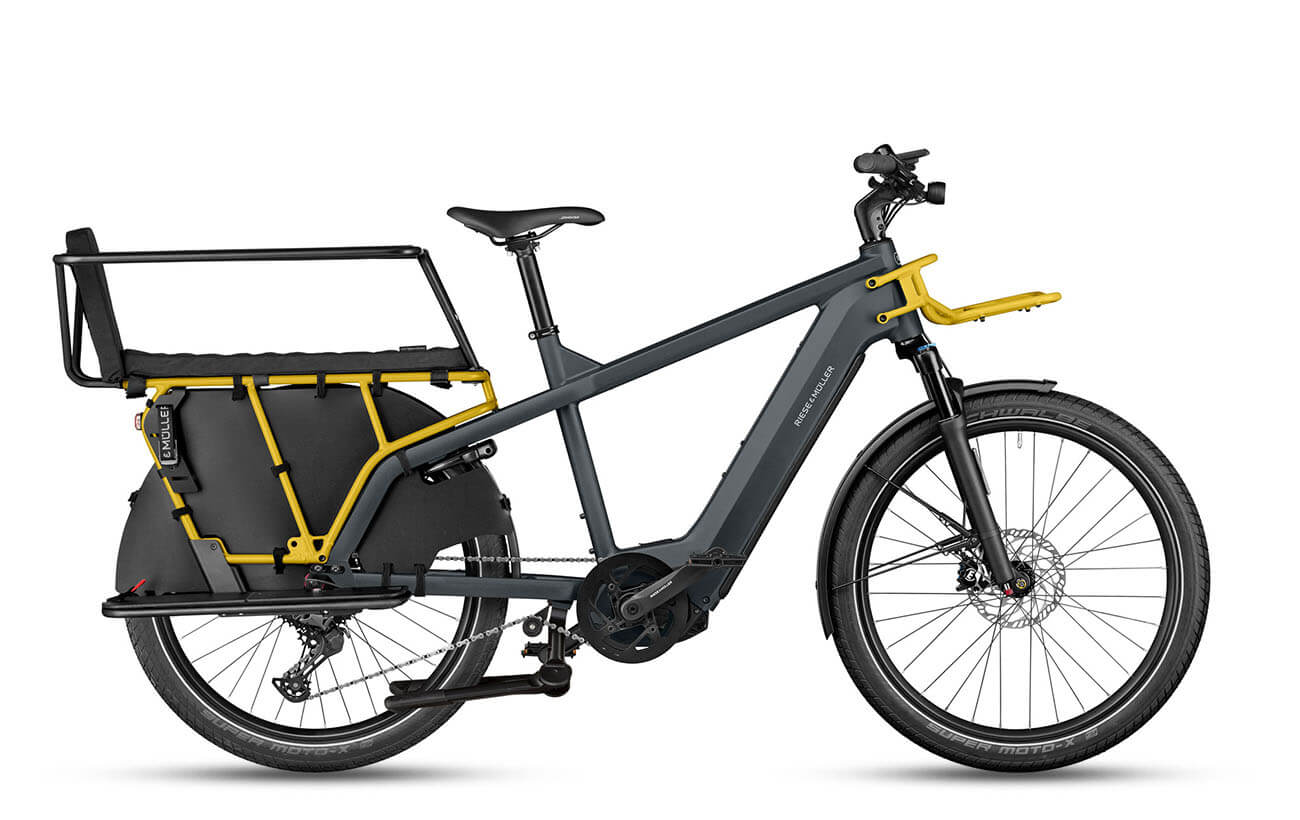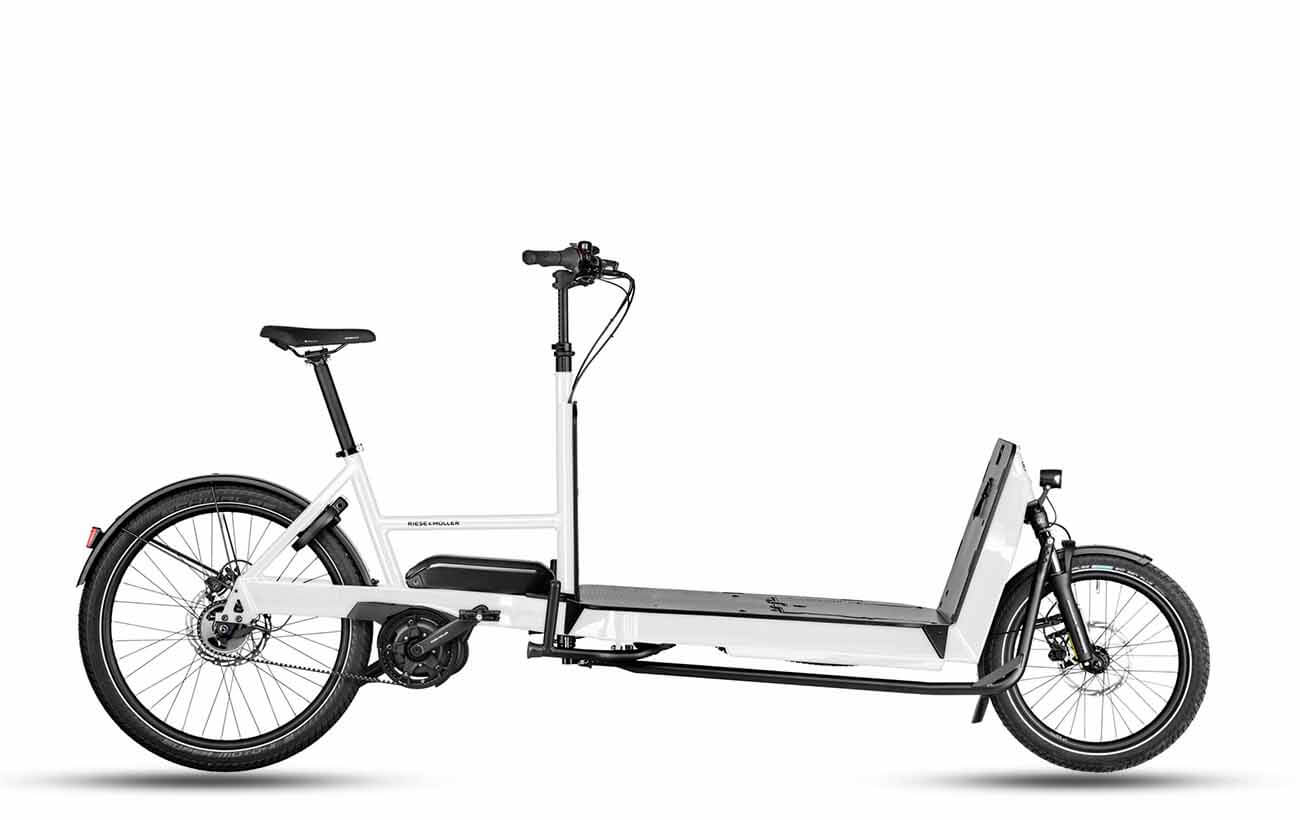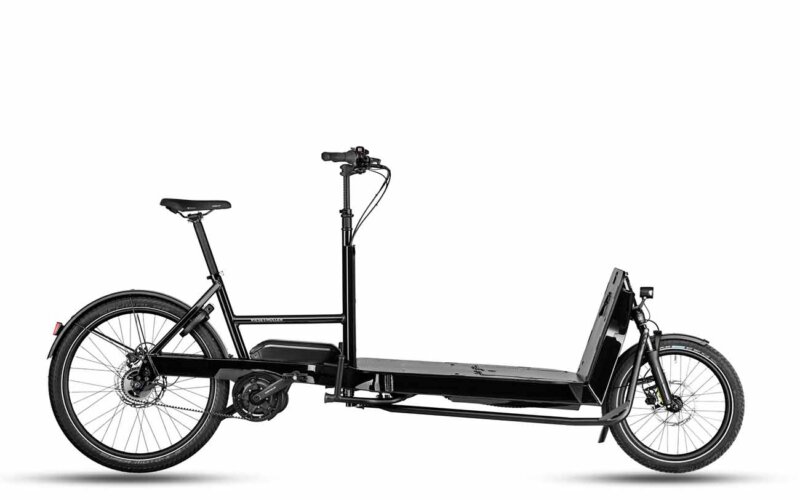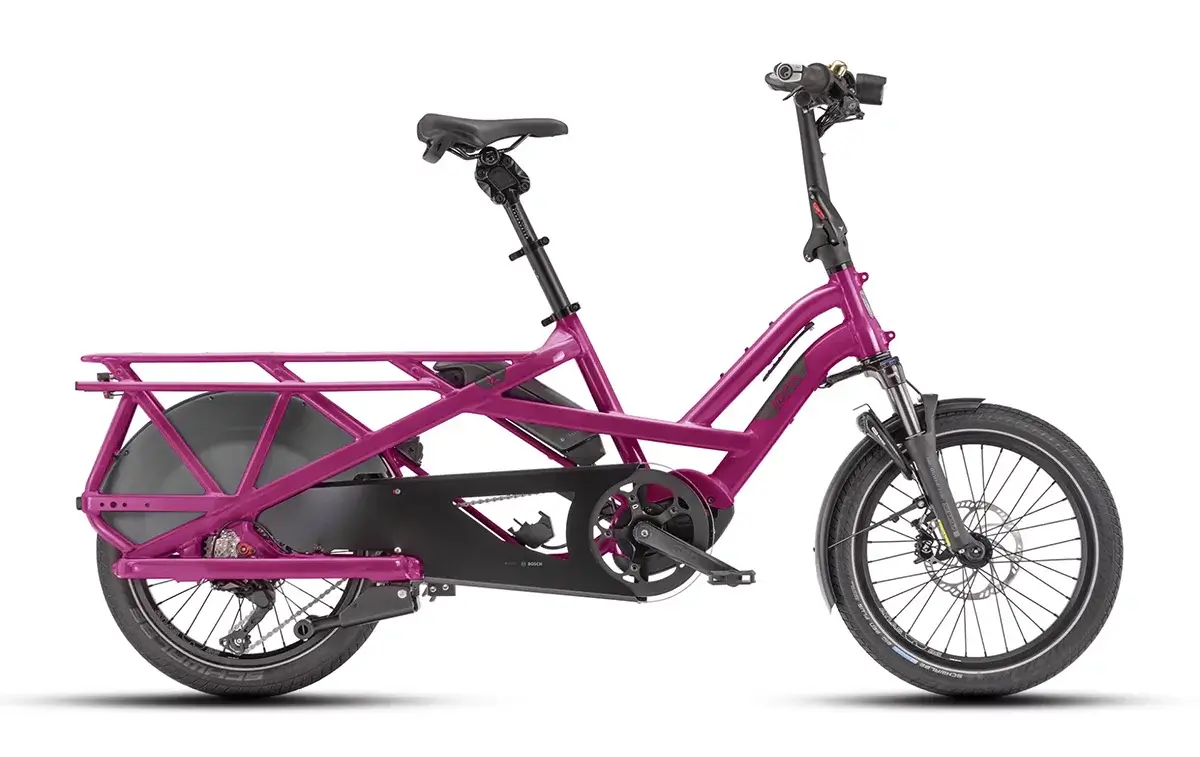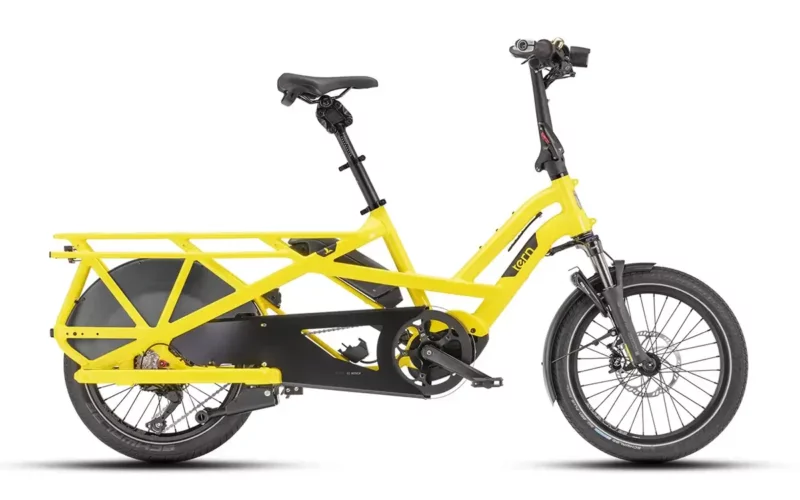Carrying Children by Bike: A Guide for Parents
Transporting children by bike has become a growing trend among families seeking eco-friendly, adventurous, and convenient ways to move around. In this guide, we’ll explore the diverse methods, legal considerations, safety precautions, and a range of bike options available for parents interested in cycling with their kids.
In this guide, we’ll take you through everything you need to consider when choosing the right eBike to carry children, including information about:
Standard eBike Options
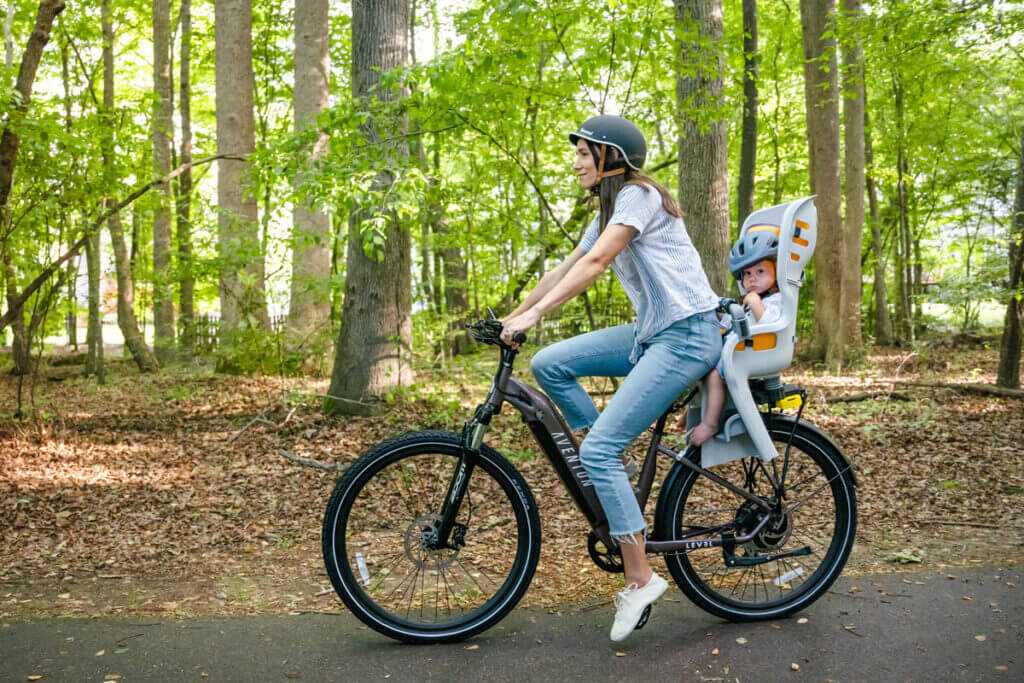
Child Seats
A common method in many places (especially in North America) involves adding a child seat to a standard bicycle. This can be either on the rear rack or front handlebars. It’s a cost and space-efficient choice, allowing for easy maneuverability in crowded areas and tight spaces.
However, safety concerns should be a priority. Child seats need to be securely attached and compliant with safety standards, ensuring your little one is properly protected. Before opting for a child seat, ensure your bike’s rear rack can support the seat’s weight and size. These seats typically accommodate weights up to 30 pounds, but make sure to adhere to age and weight restrictions recommended by manufacturers for the child’s safety. Comfort can also be a consideration, as some children might not find the seat as cozy as other options.
Adding a child seat to an ebike offers practicality and ease of navigation, but safety and comfort considerations for your child are paramount. It’s a balance between convenience and ensuring a safe and enjoyable ride for both parent and child.
Trailers
Cycling with children in tow via a bicycle trailer presents a blend of delights and considerations.
They often include safety features like robust harness systems and stability-enhancing designs, fostering a secure and comfortable ride. Versatility is another advantage, with options to accommodate one or multiple children and convertibility for diverse needs.
However, maneuverability challenges in tight spaces and potential safety risks due to the lower, rear location of the trailer are notable drawbacks. Considering storage, weather protection, and adhering to age and usage guidelines are essential factors before investing in a trailer.
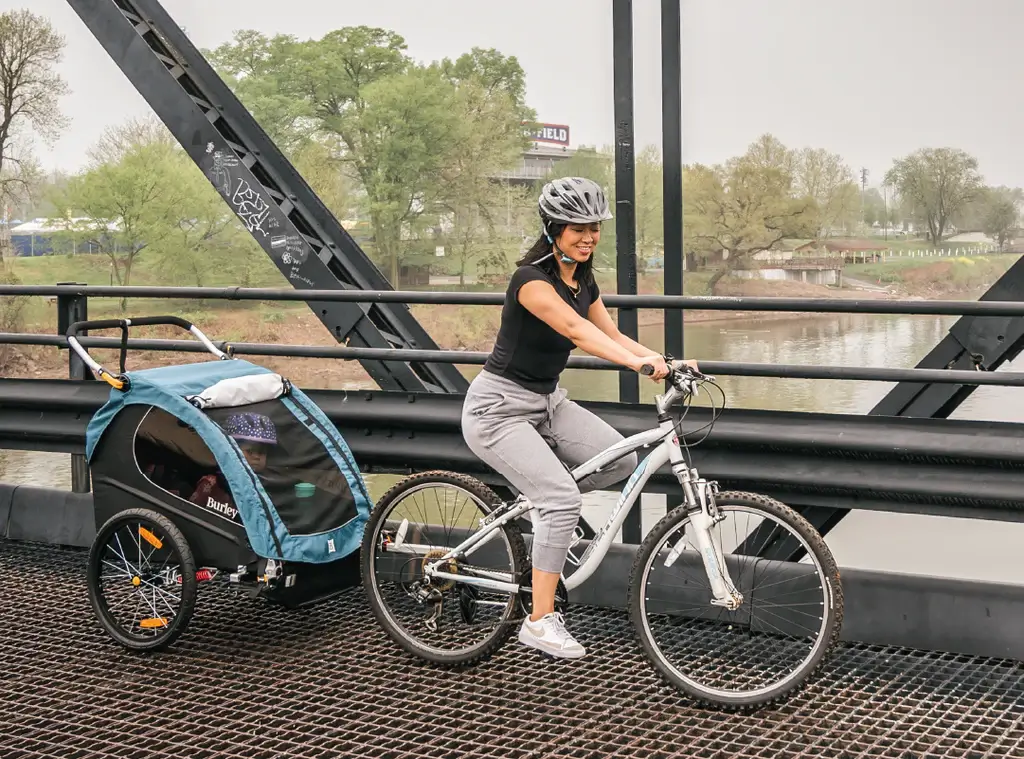
Cargo Bikes
Cargo eBikes are designed to carry heavy loads or transport goods. These bikes typically have a larger and stronger frame, a sturdy rear rack, and an extended wheelbase. Oftentimes, cargo bikes are created with the intention of carrying children and they have many benefits over standard bicycles in this regard. Many cargo bikes come with the option of adding child-specific accessories such as rain covers, benches, and seats to carry bigger children. These bikes give you the ability to simultaneously carry children as well as extra cargo. They also sometimes provide the ability to carry more than one child and sometimes even adults.
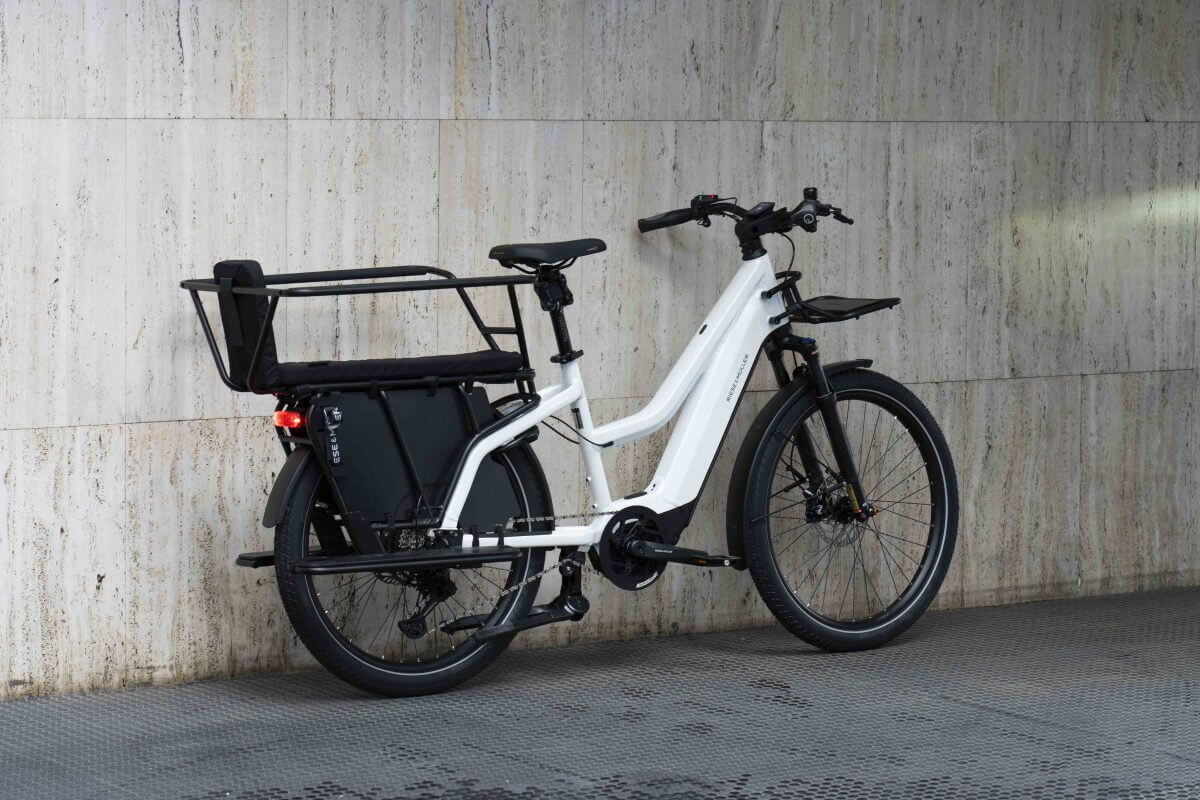
Longtail Cargo Bikes
Longtail Cargo bikes typically look like regular bicycles but have an extended rear frame. Their design often prioritizes stability and safety by keeping the weight centered and low.
The frame’s extra length and robustness allow for various configurations, such as attaching child seats, cargo baskets, or even custom-built platforms to accommodate children. These bikes stand apart from regular bicycles by offering the capacity to transport older children, and in some cases, even accommodate multiple kids. Certain longtail models are designed to bear the weight of adults as well, showcasing their exceptional versatility beyond traditional bike capabilities. They offer ample space, making it feasible to install a child seat or bench without compromising on cargo capacity.
Longtail cargo bikes often feature a bulkier and heavier structure compared to regular bicycles, which can pose considerations when it comes to storage limitations. However, it’s worth noting that certain longtail bikes are designed with the ability to stand vertically on their rear rack. This unique feature facilitates easy storage, allowing the bike to take up less horizontal space when not in use.
Front Loader Cargo Bikes
Front loader cargo bikes are specifically designed to carry substantial loads in a cargo area located at the front of the bike. Unlike traditional bikes and longtails where the cargo might be carried at the back or on a rear rack, front loader cargo bikes have a large, sturdy container or platform positioned between the rider and the front wheel. These boxes are often outfitted to comfortably carry multiple children.
Front loaders typically feature a longer wheelbase to accommodate the cargo area, which can vary in size and shape depending on the specific model. The cargo area is often enclosed or equipped with rails and can be customized with seats, harnesses, or compartments to transport goods or passengers safely. They offer an intimate experience, allowing parents to have a direct view of their children while riding. They usually offer even more cargo-carrying capability and the ability to carry more children than a standard bike or even sometimes a longtail cargo bike.
They are usually a bit bulkier and take up more room, but many people find that they offer the most versatility when it comes to replacing their car trips.
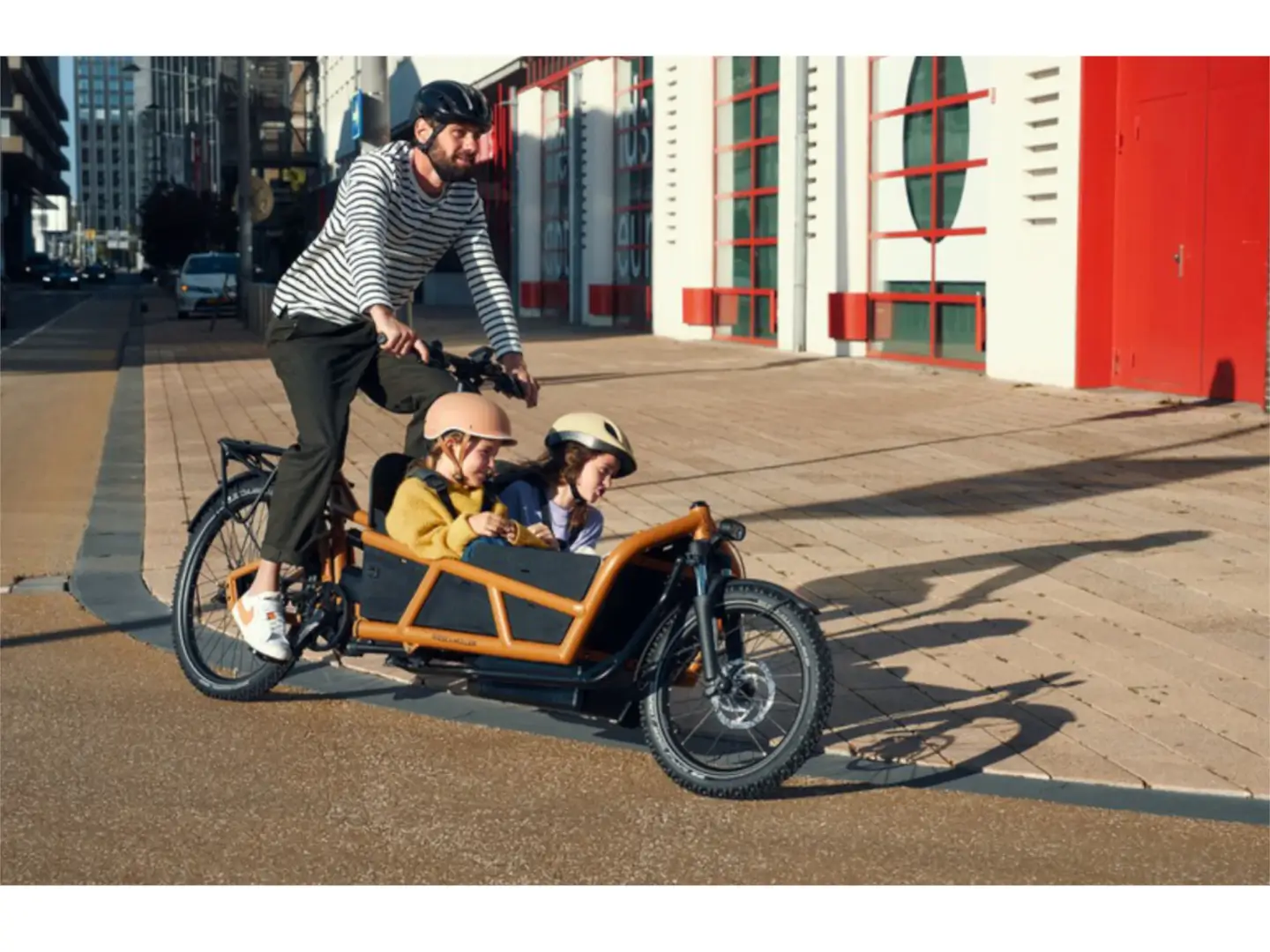
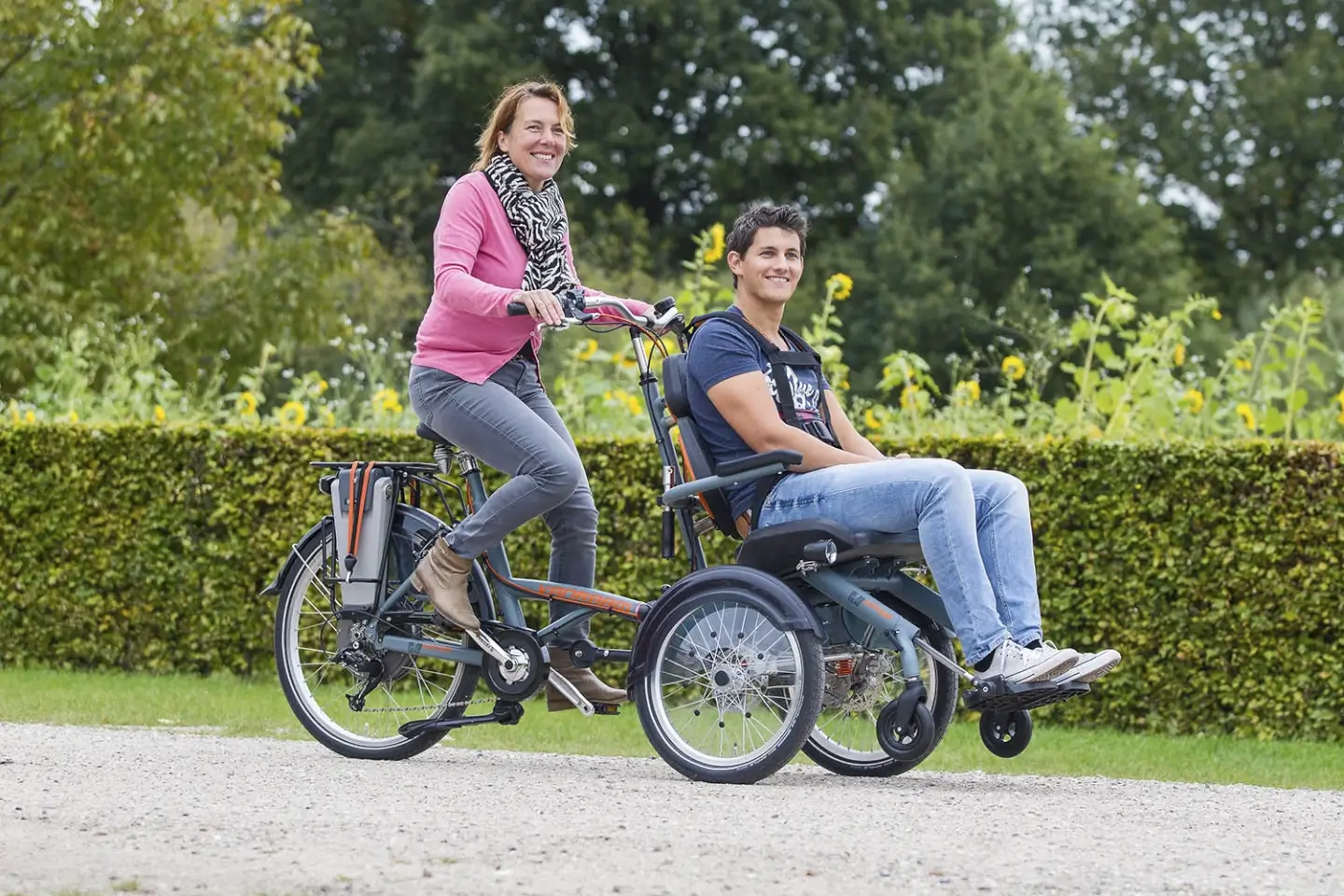
Specialized Bikes
Cycling isn’t just about personal pursuits; it’s about creating inclusive experiences for families, especially for people who require extra assistance. Specialized bikes cater to various needs, accommodating children or caregivers with different physical limitations. Innovation is continually breaking barriers, especially with bikes designed to cater to diverse needs.
Three-wheeled tandem bikes provide a safe and enjoyable way to carry children who need extra support. With stability at its core, these tandems redefine family rides, ensuring that no child is left behind when the wheels start spinning.
Ultimately, the choice of how to transport children on bikes boils down to personal preference, safety considerations, how many children you plan on carrying, and the bike’s suitability for the intended purpose. As the biking culture evolves, it’s essential to prioritize safety, adhere to local laws, and explore various options before embarking on family cycling adventures. If you need any help choosing the right bike for you, feel free to reach out to one of our matchmakers.

